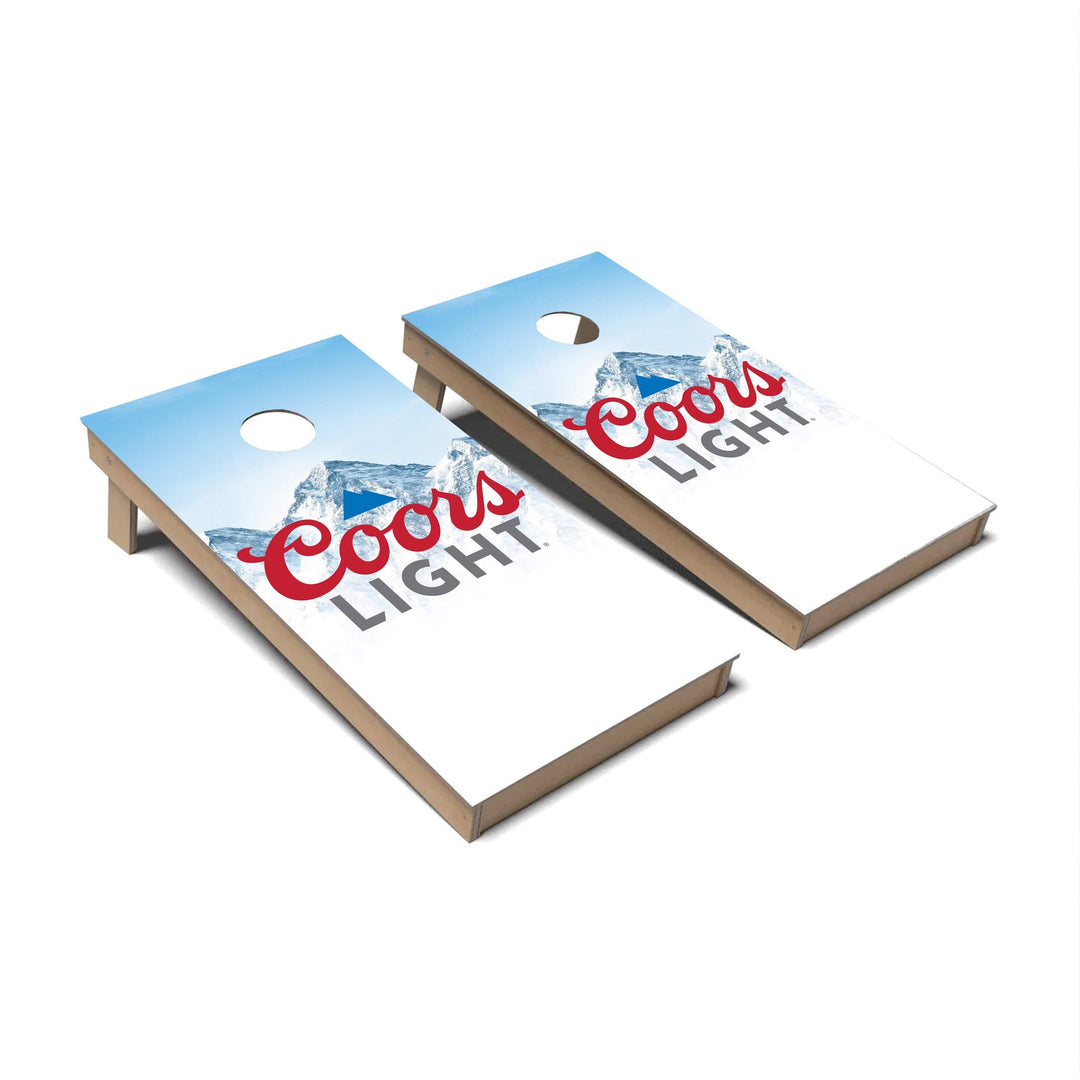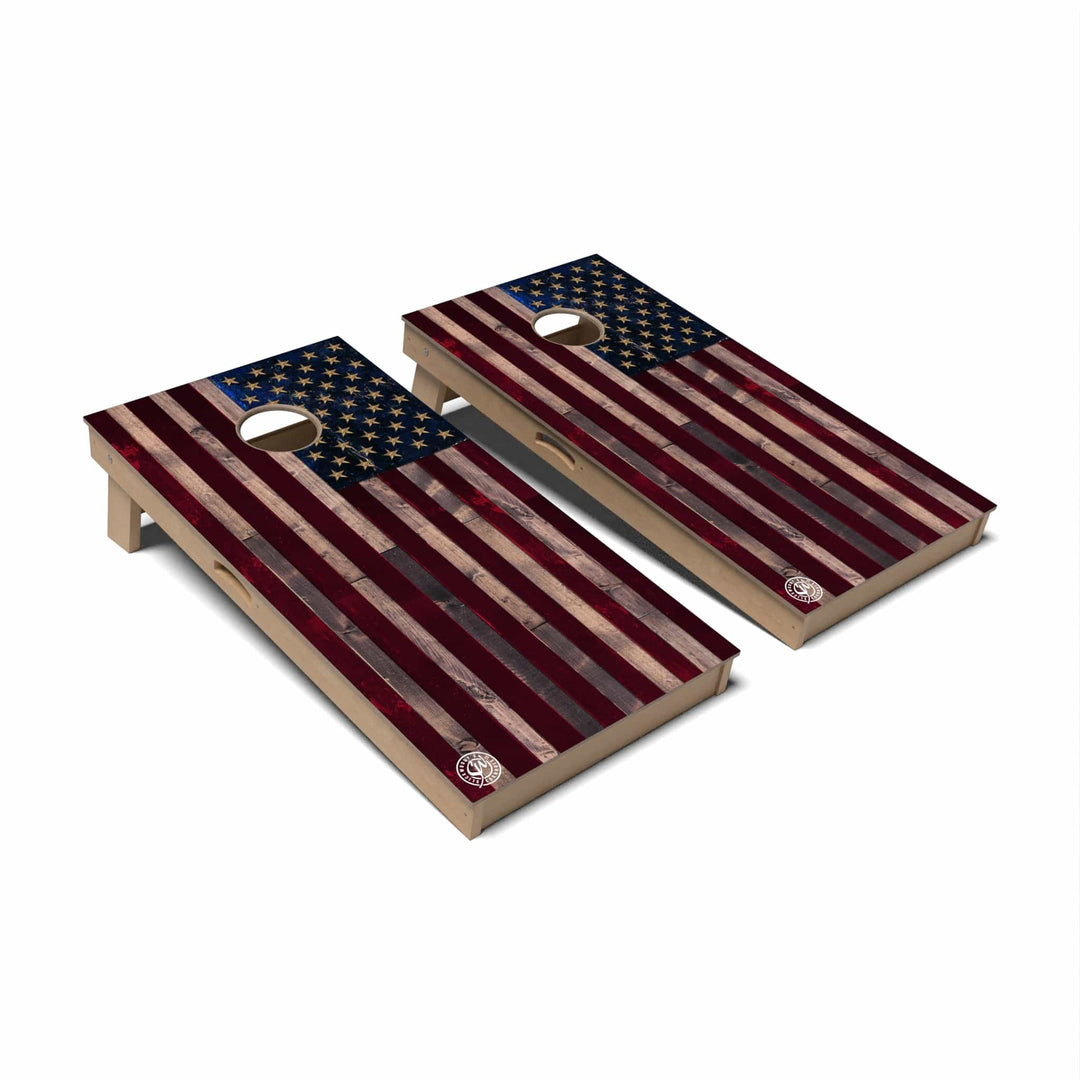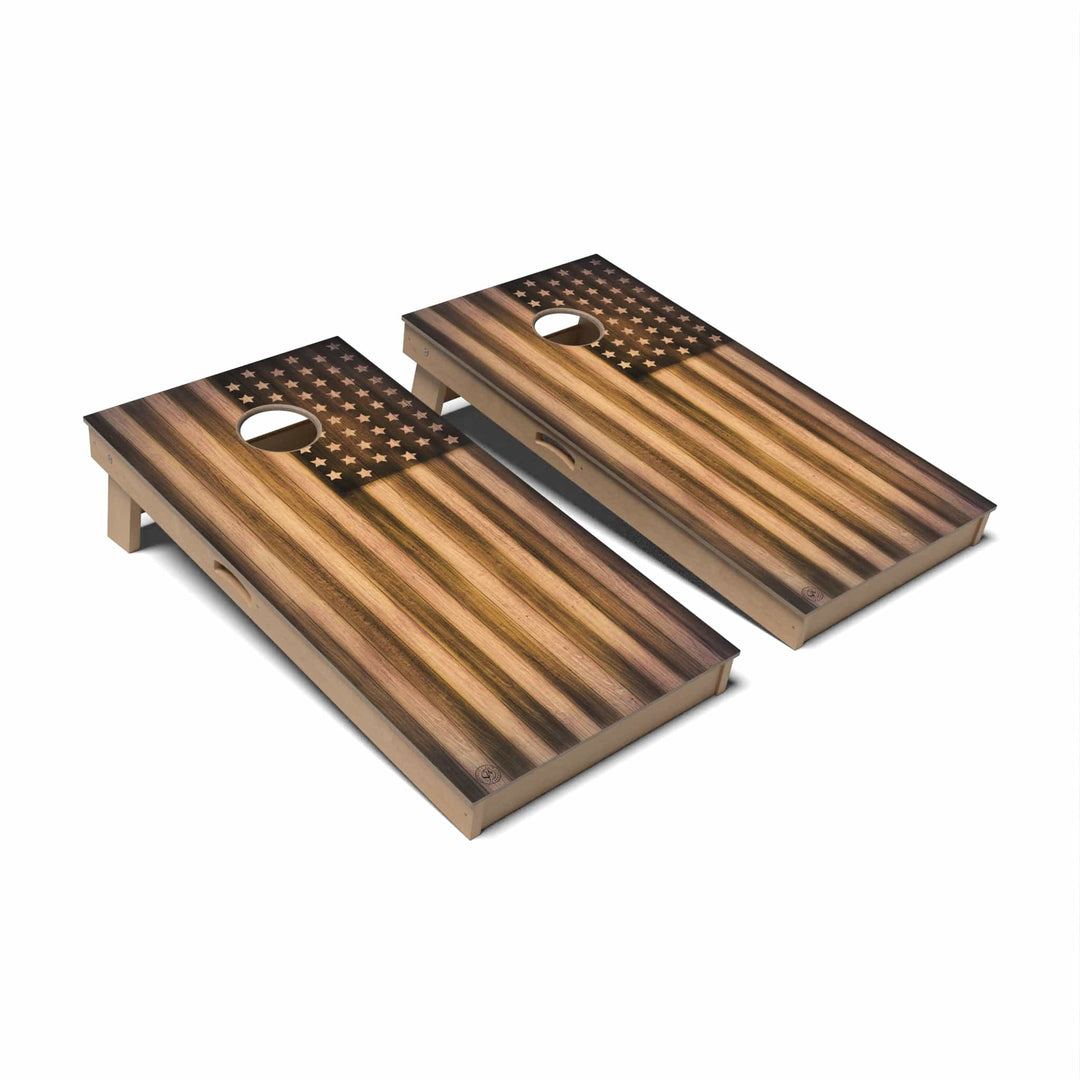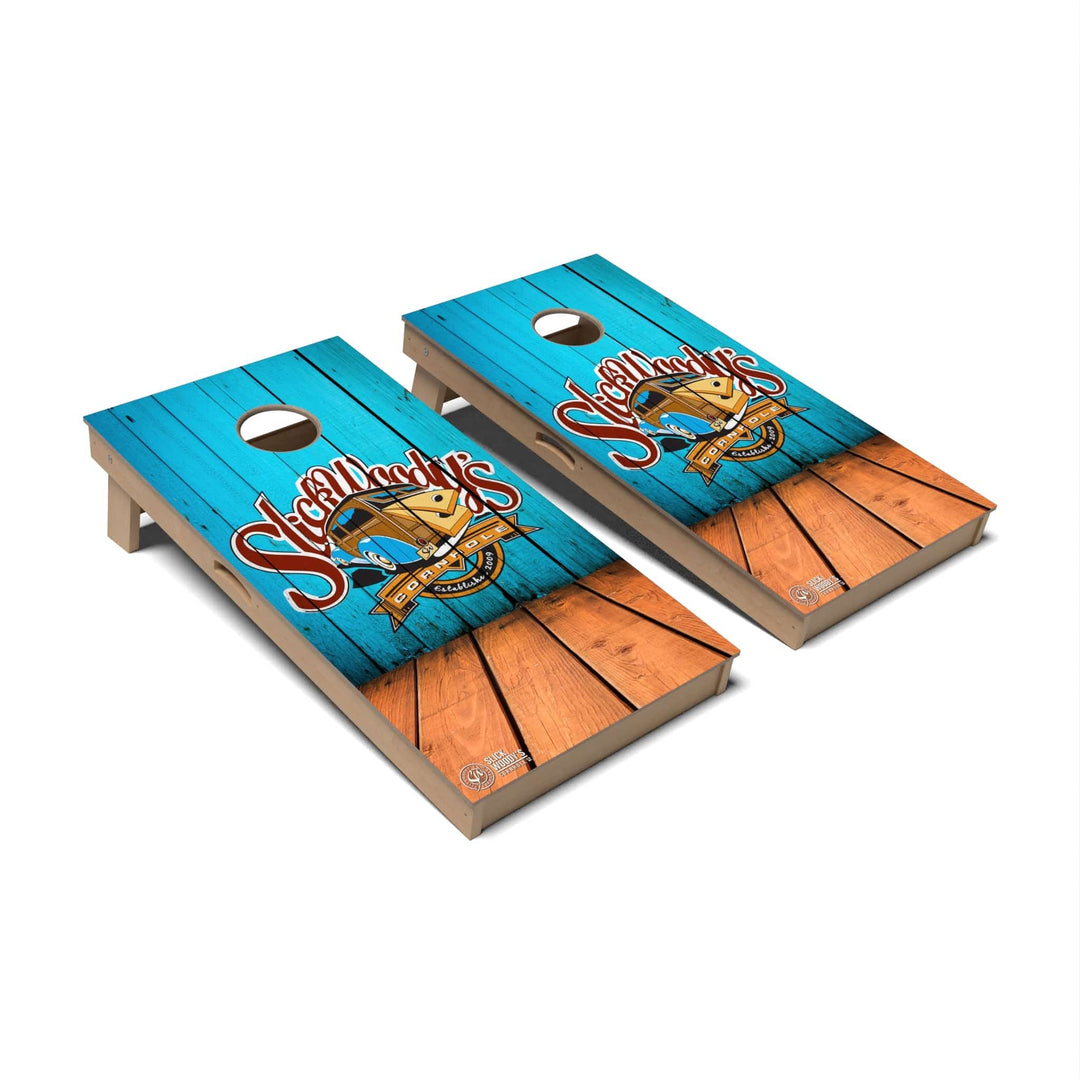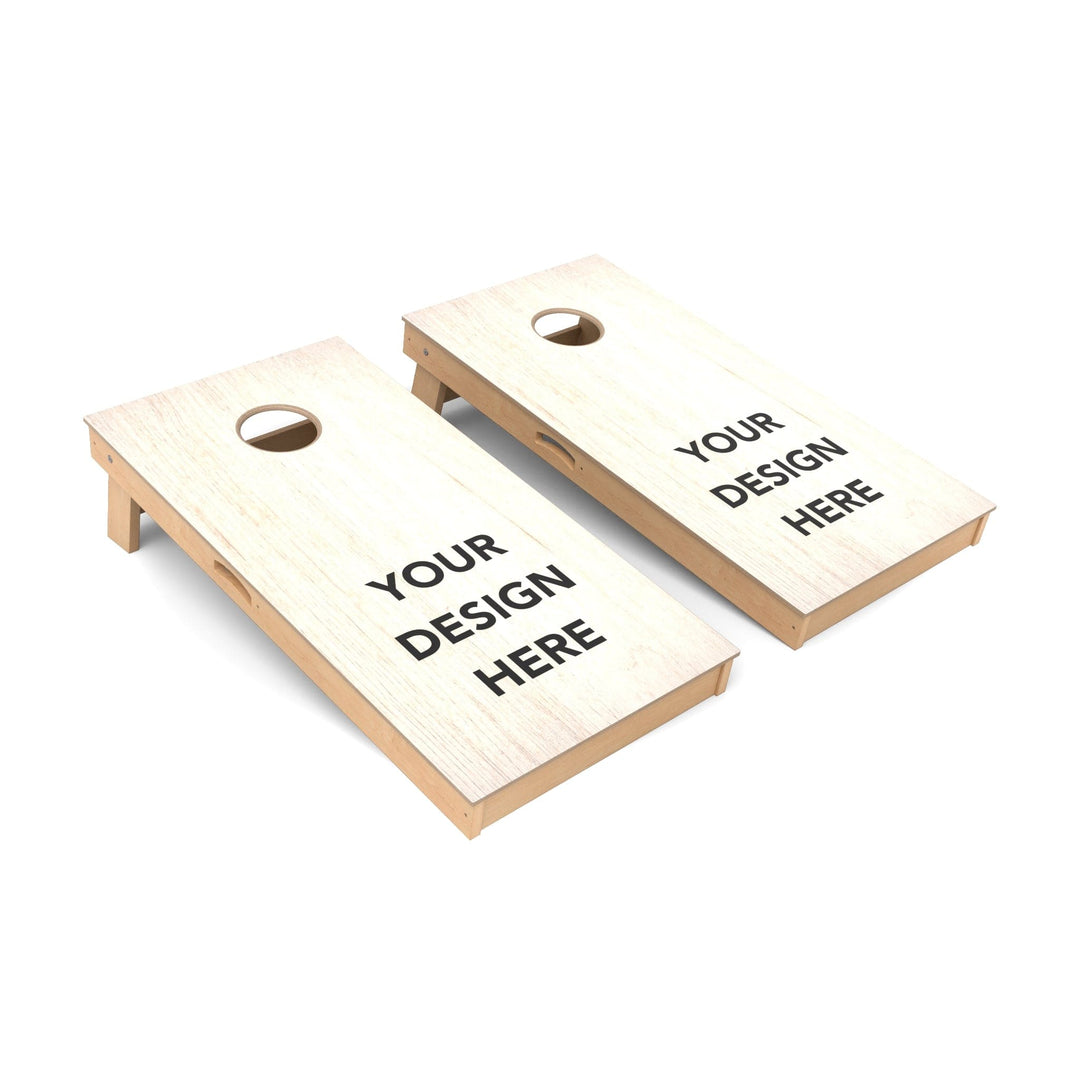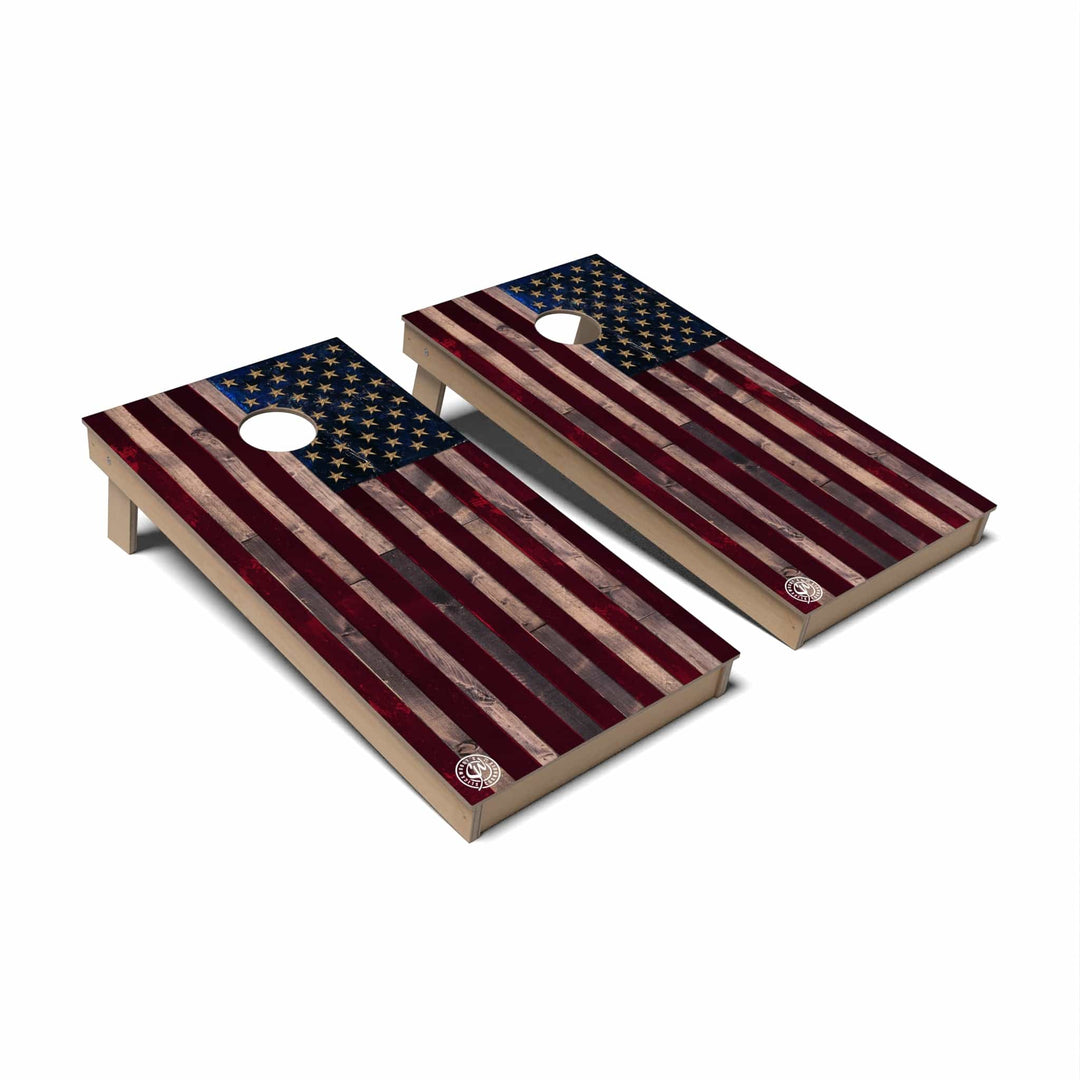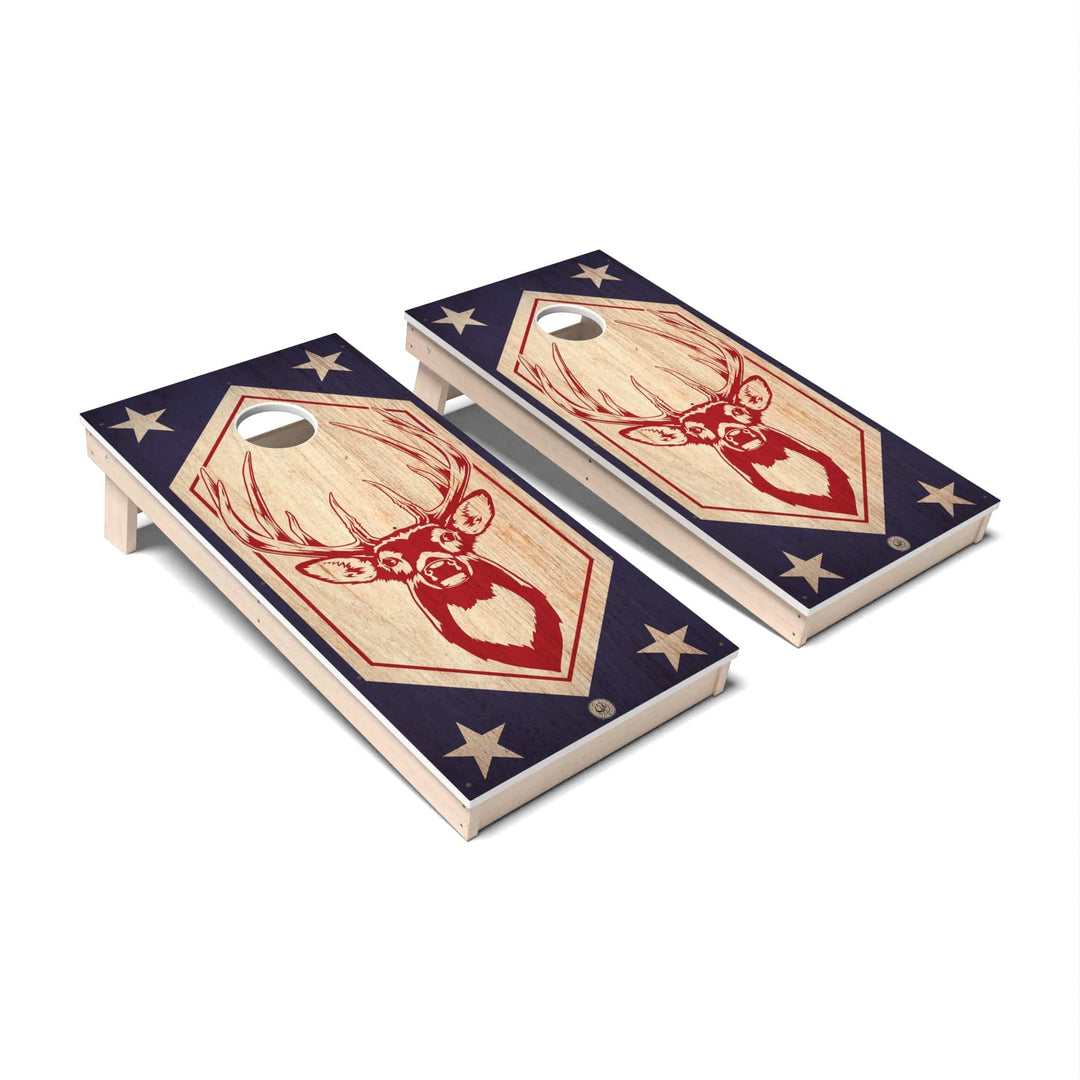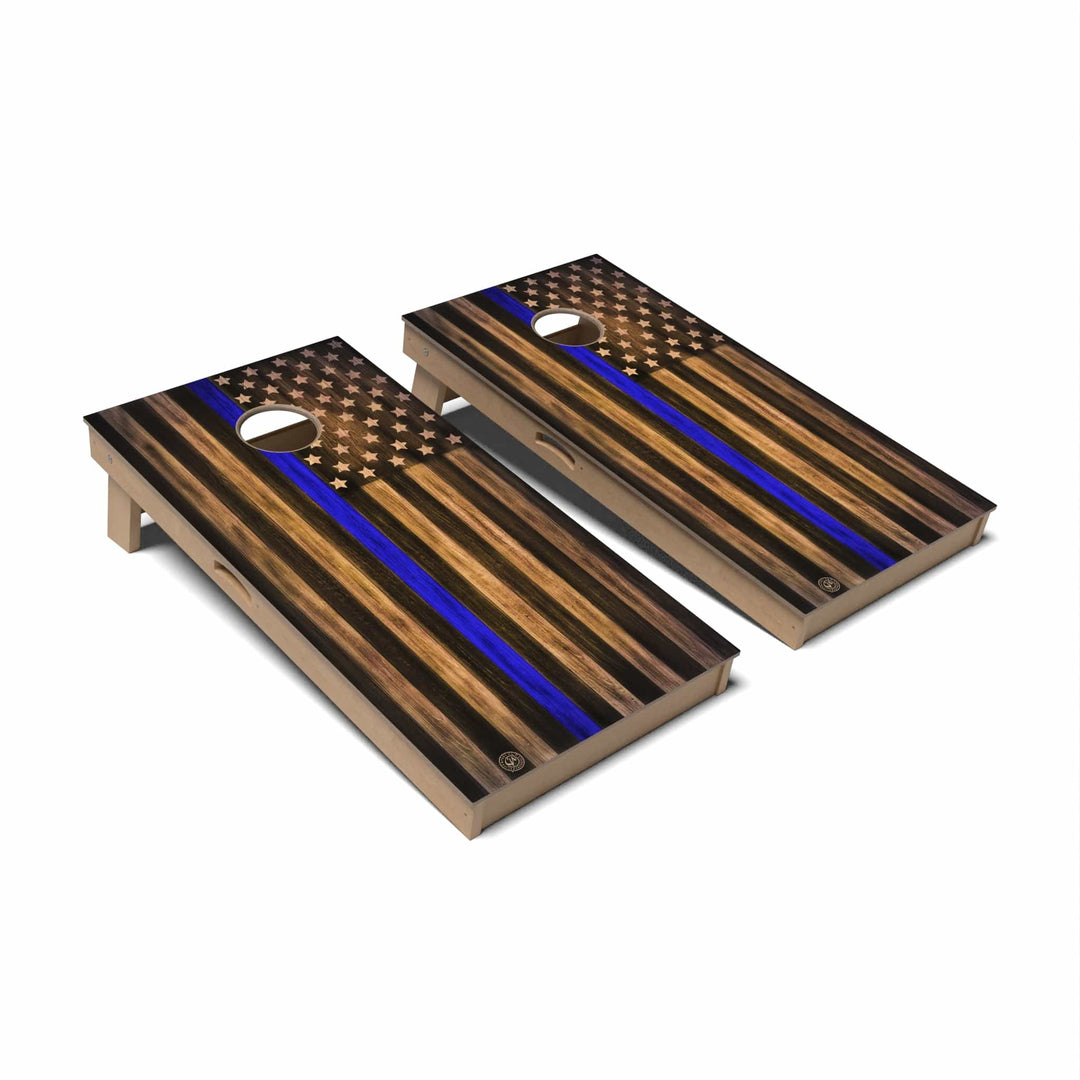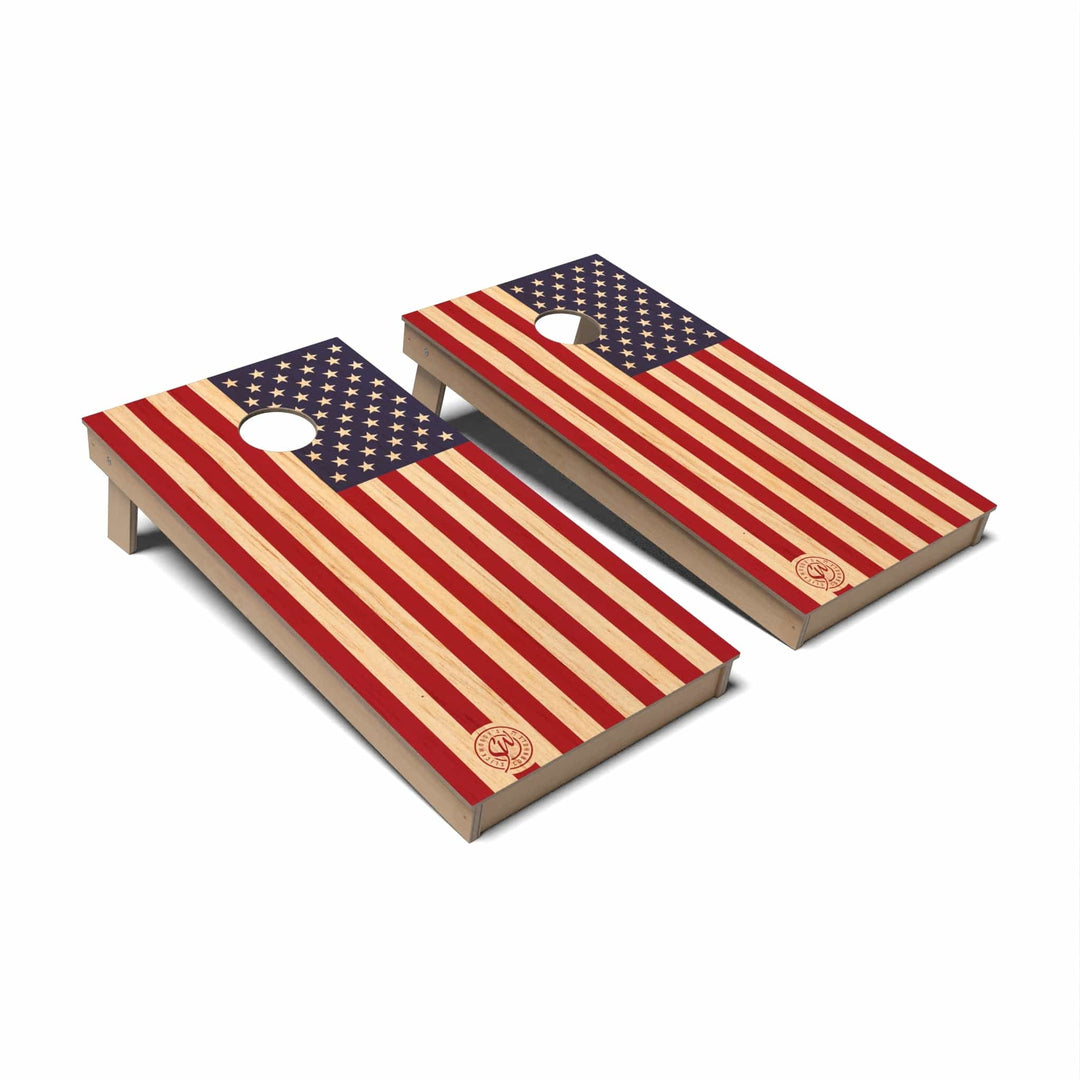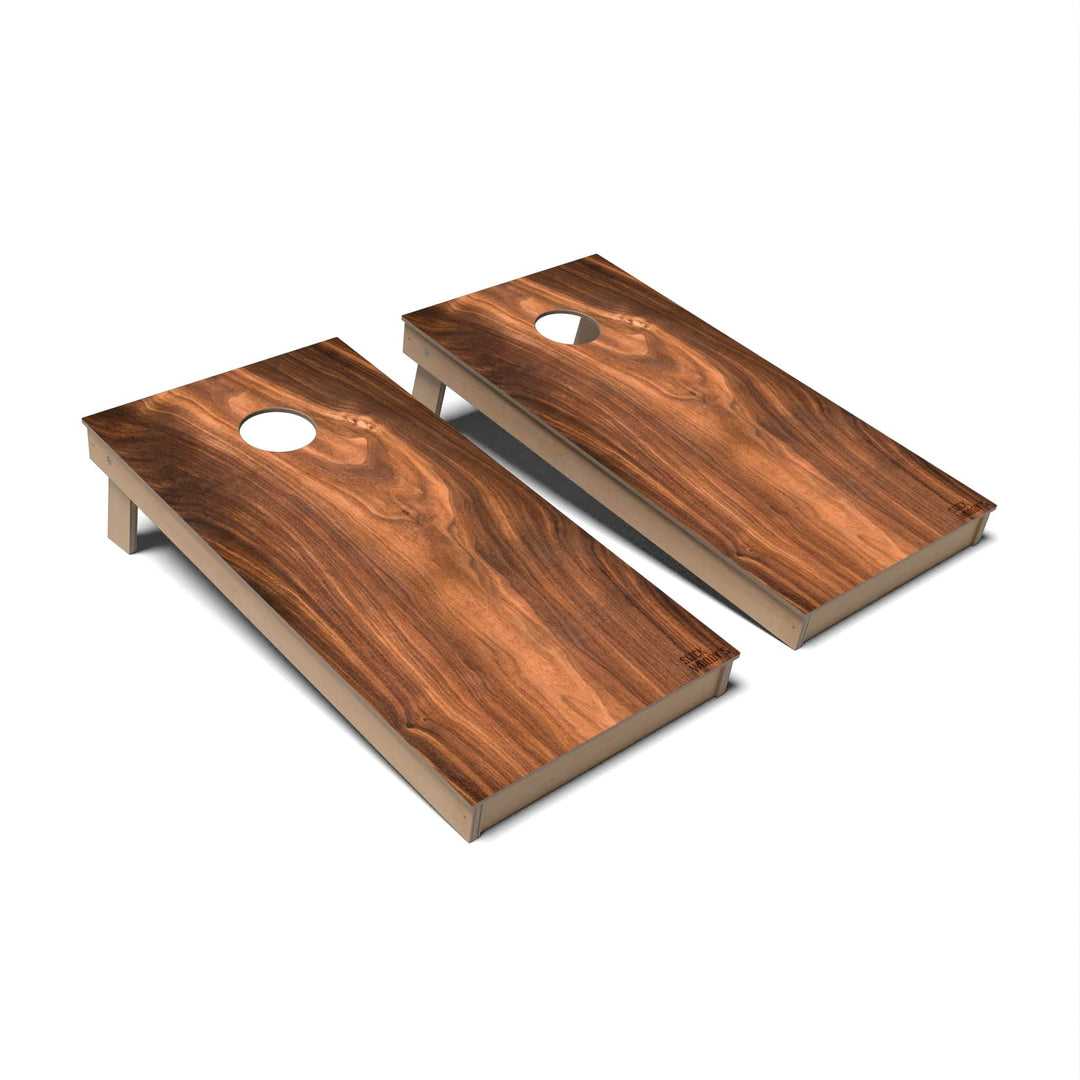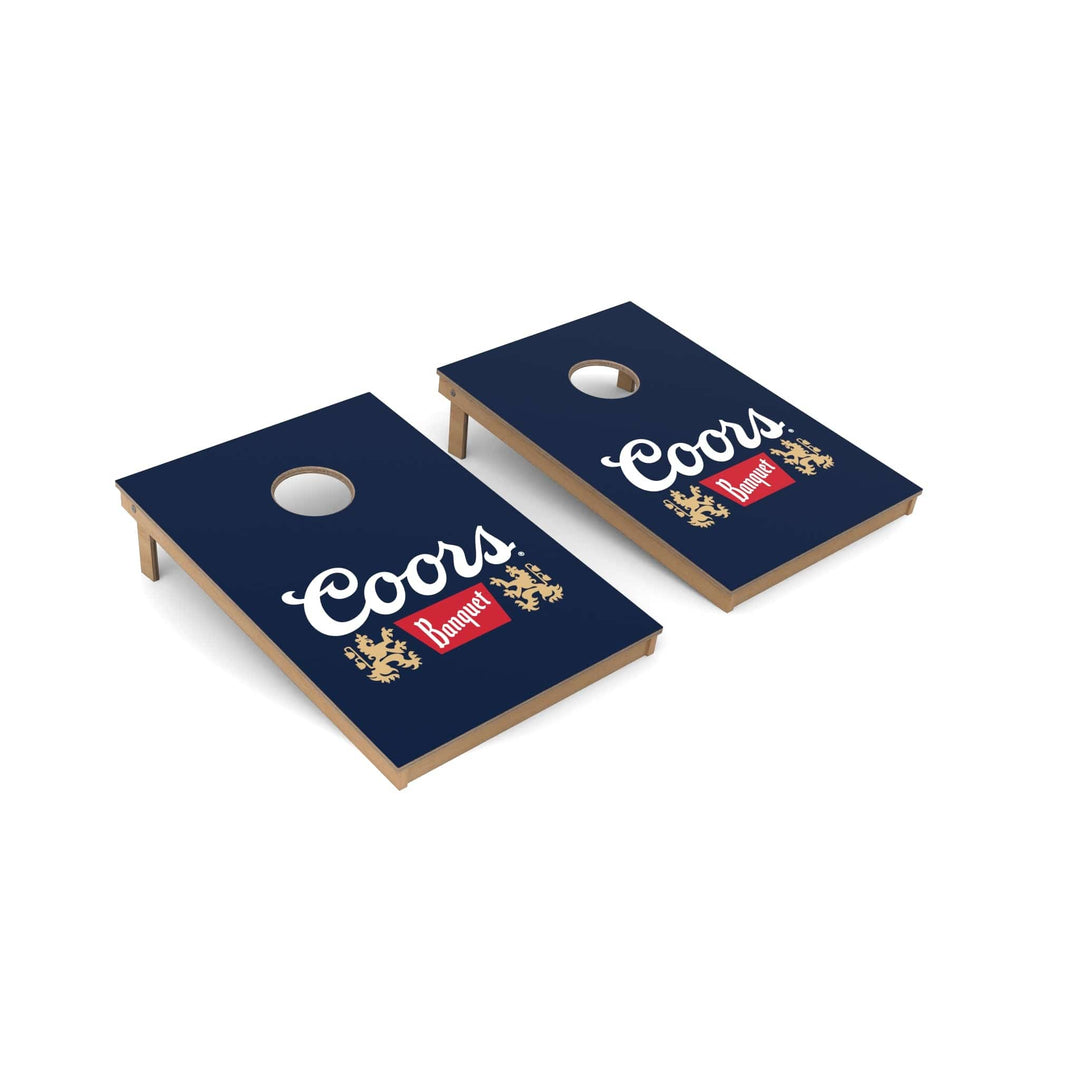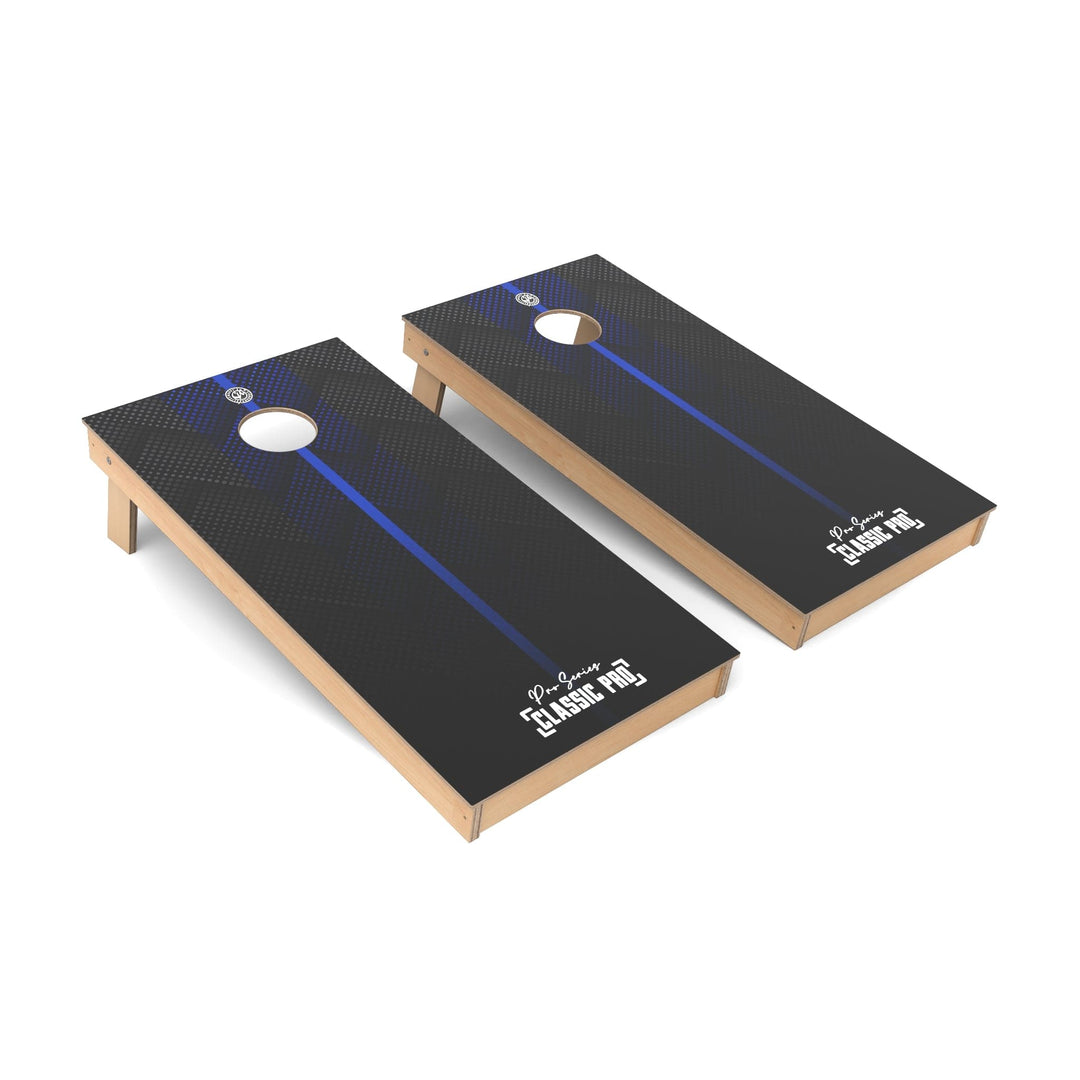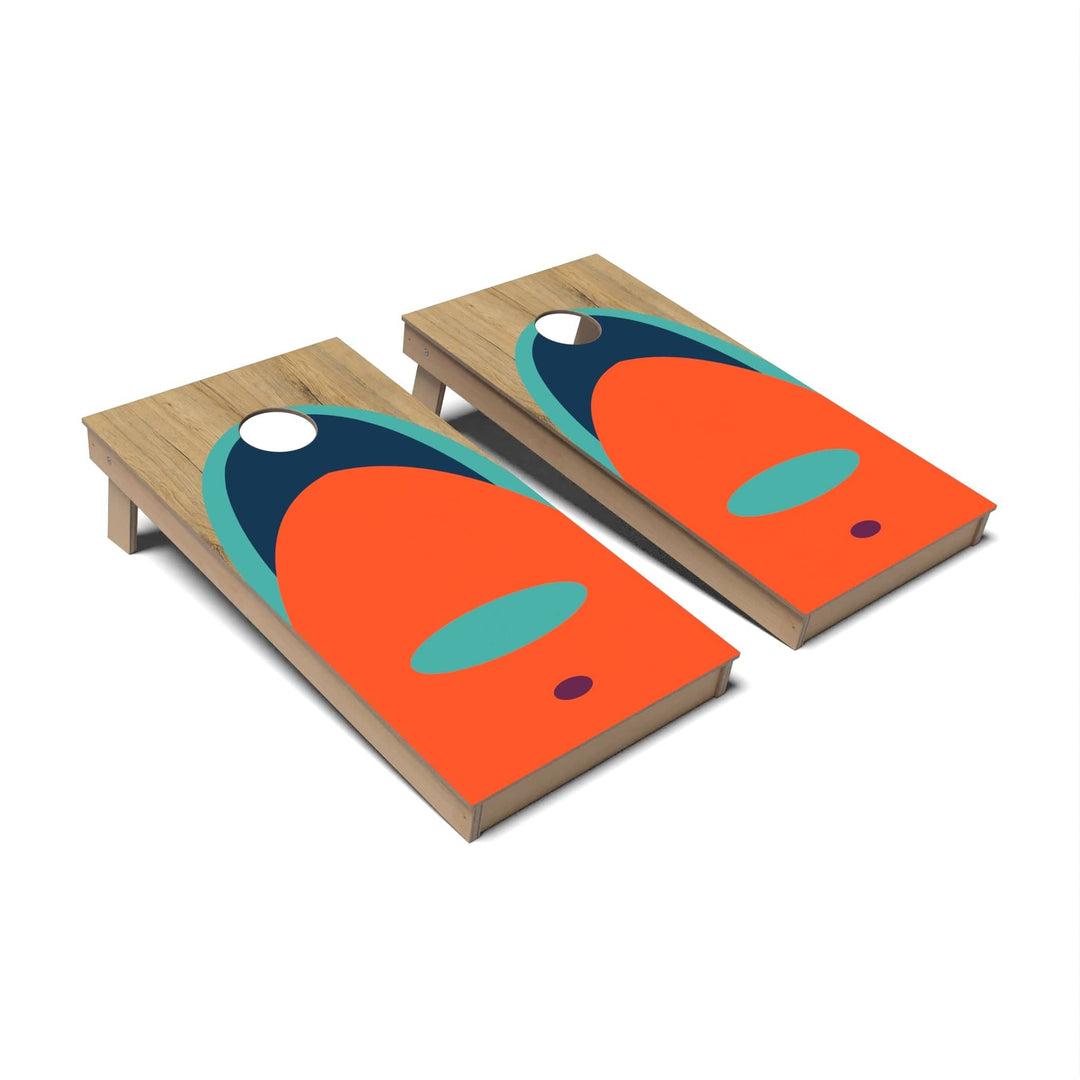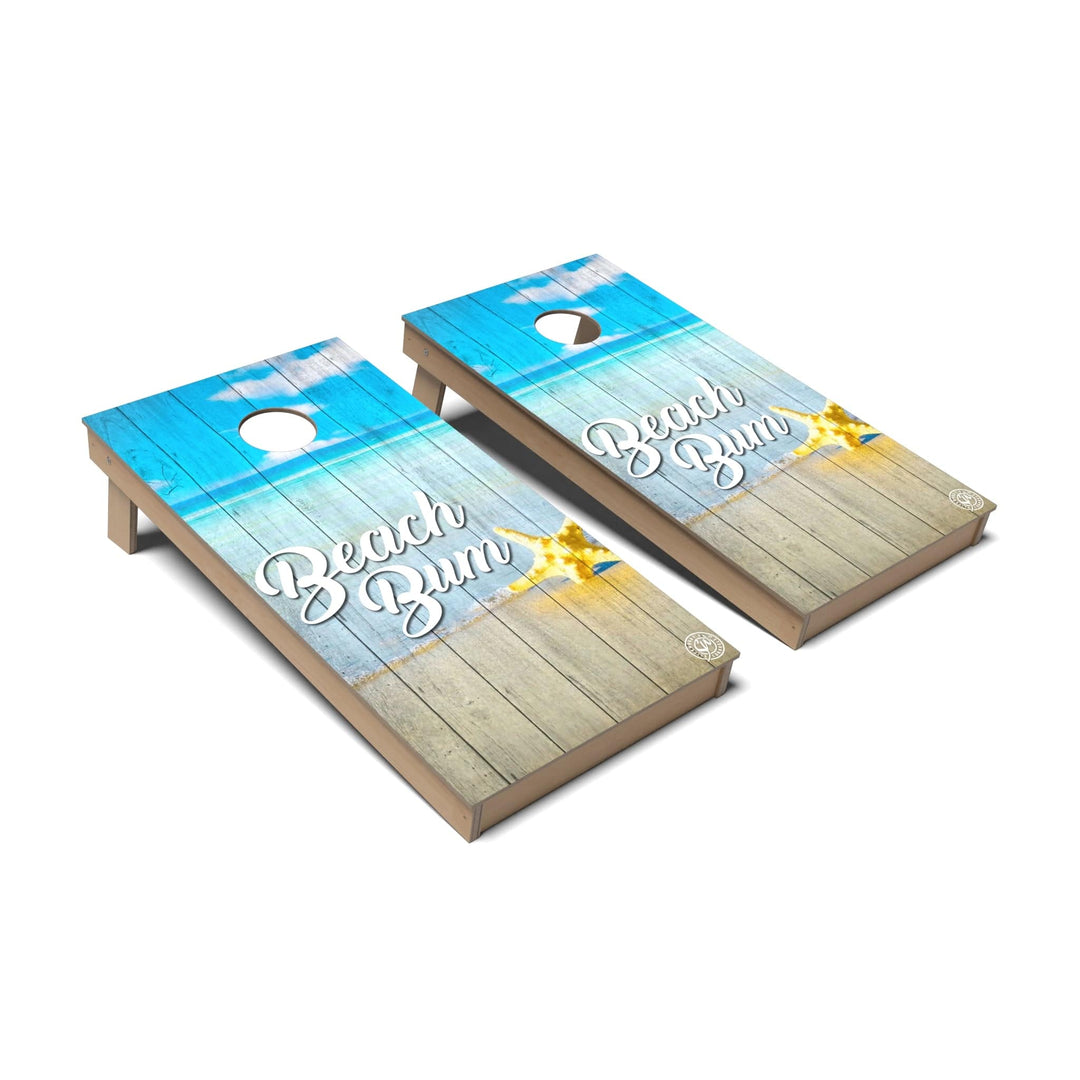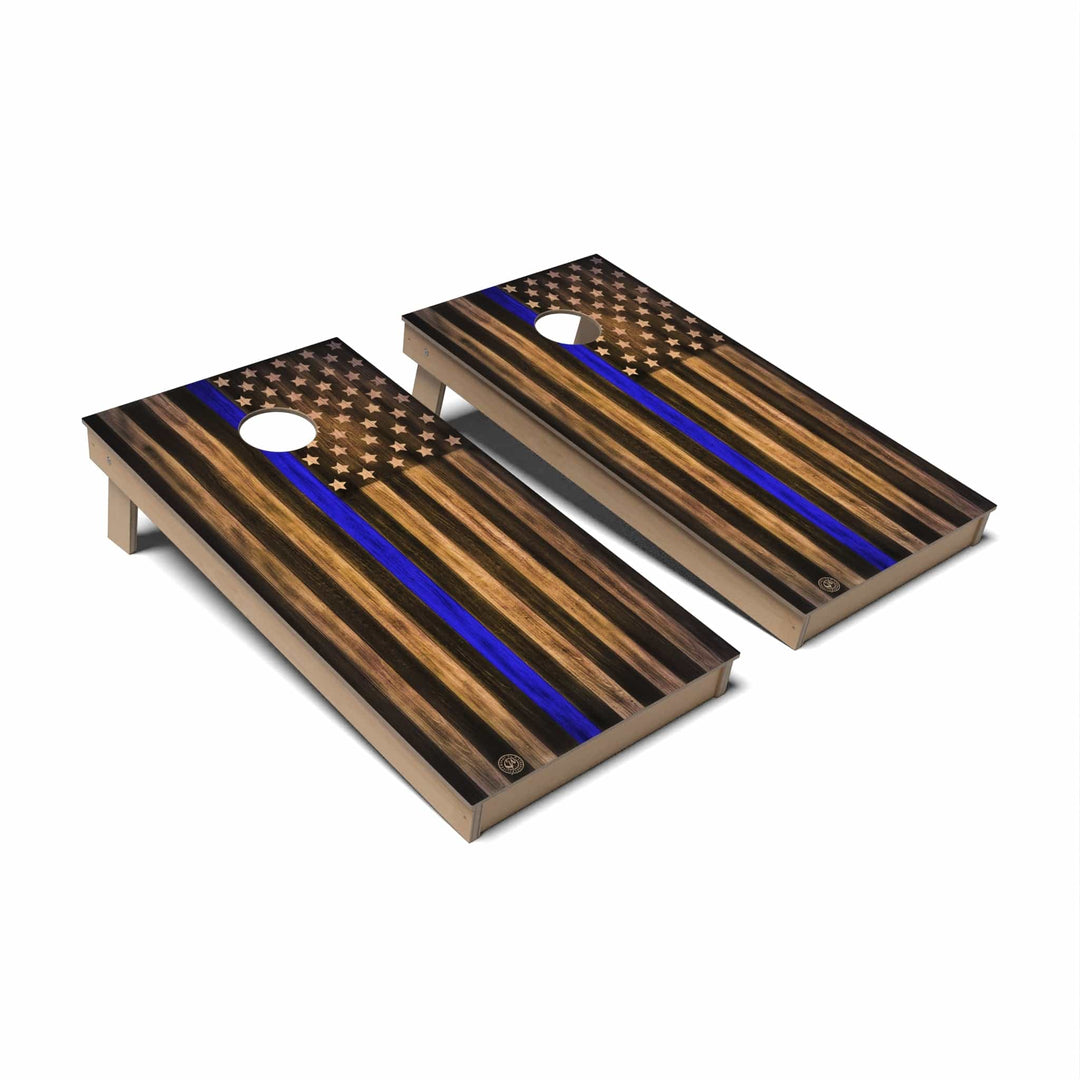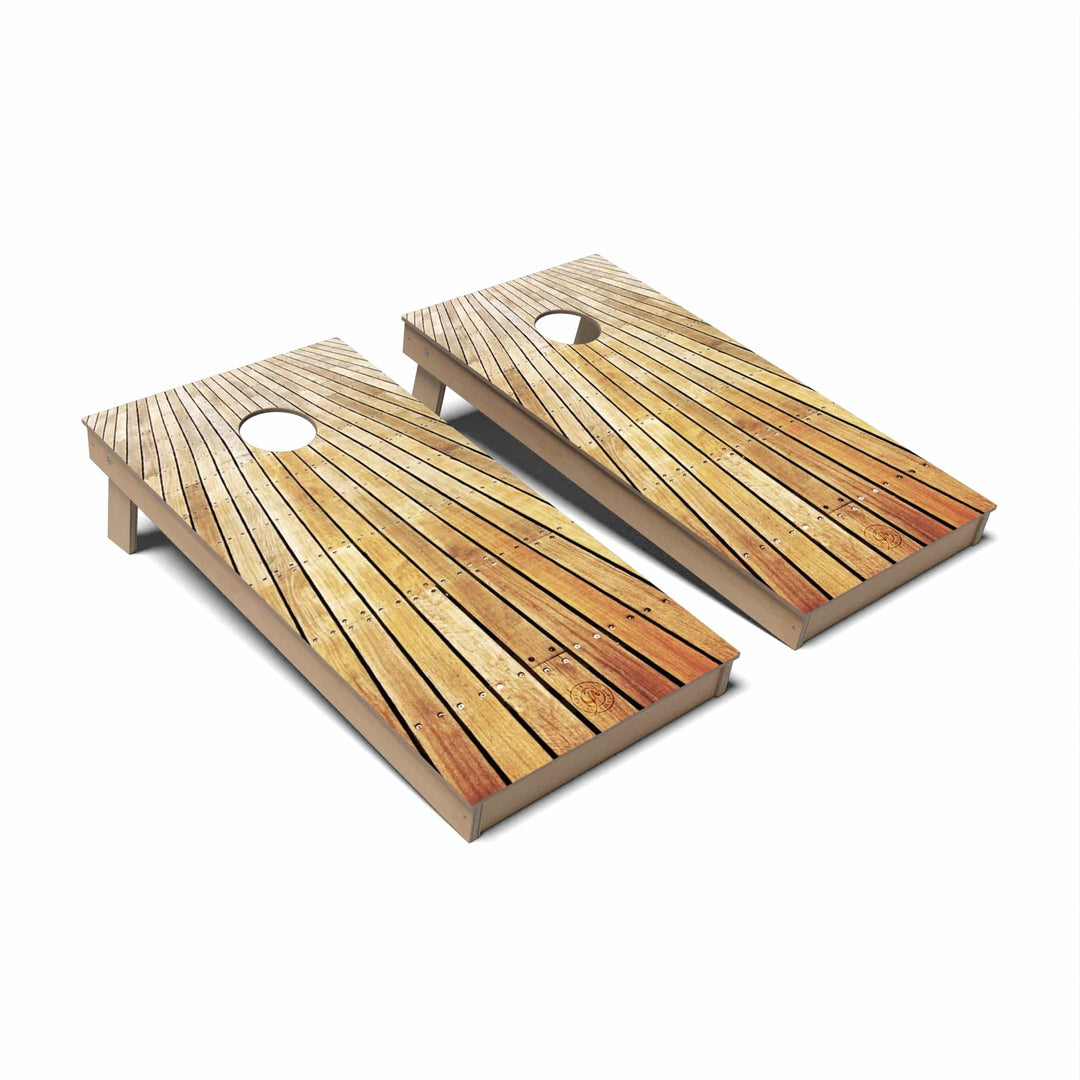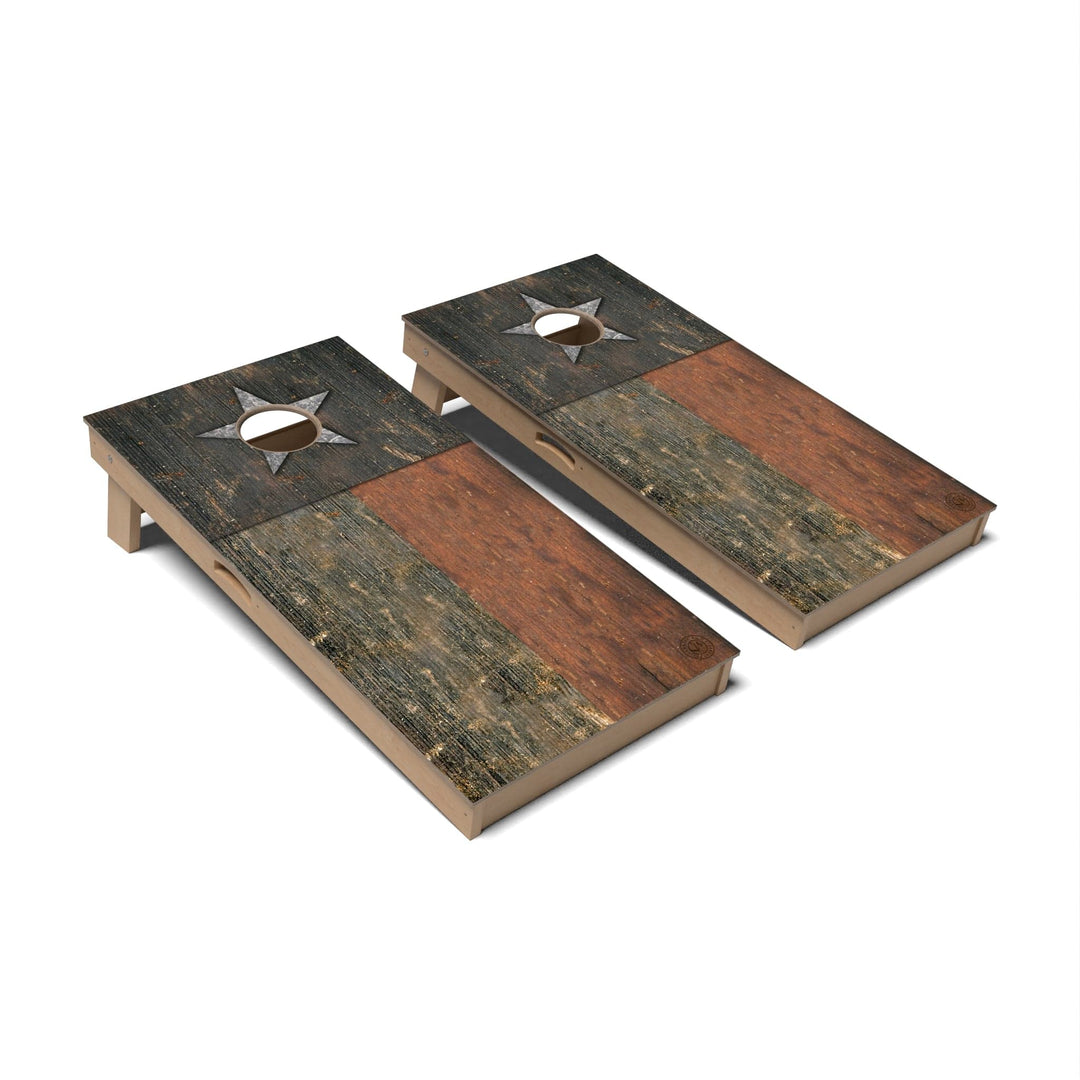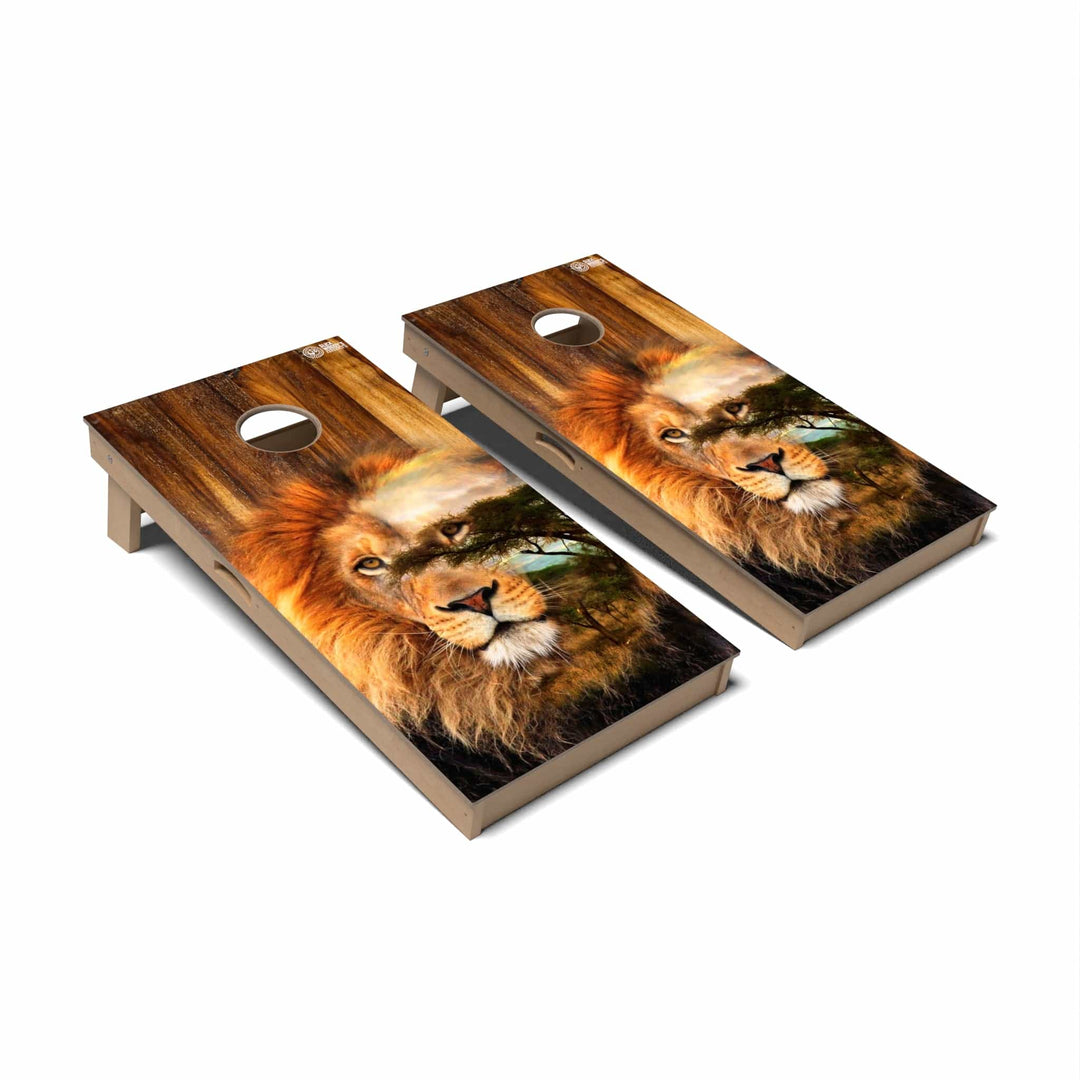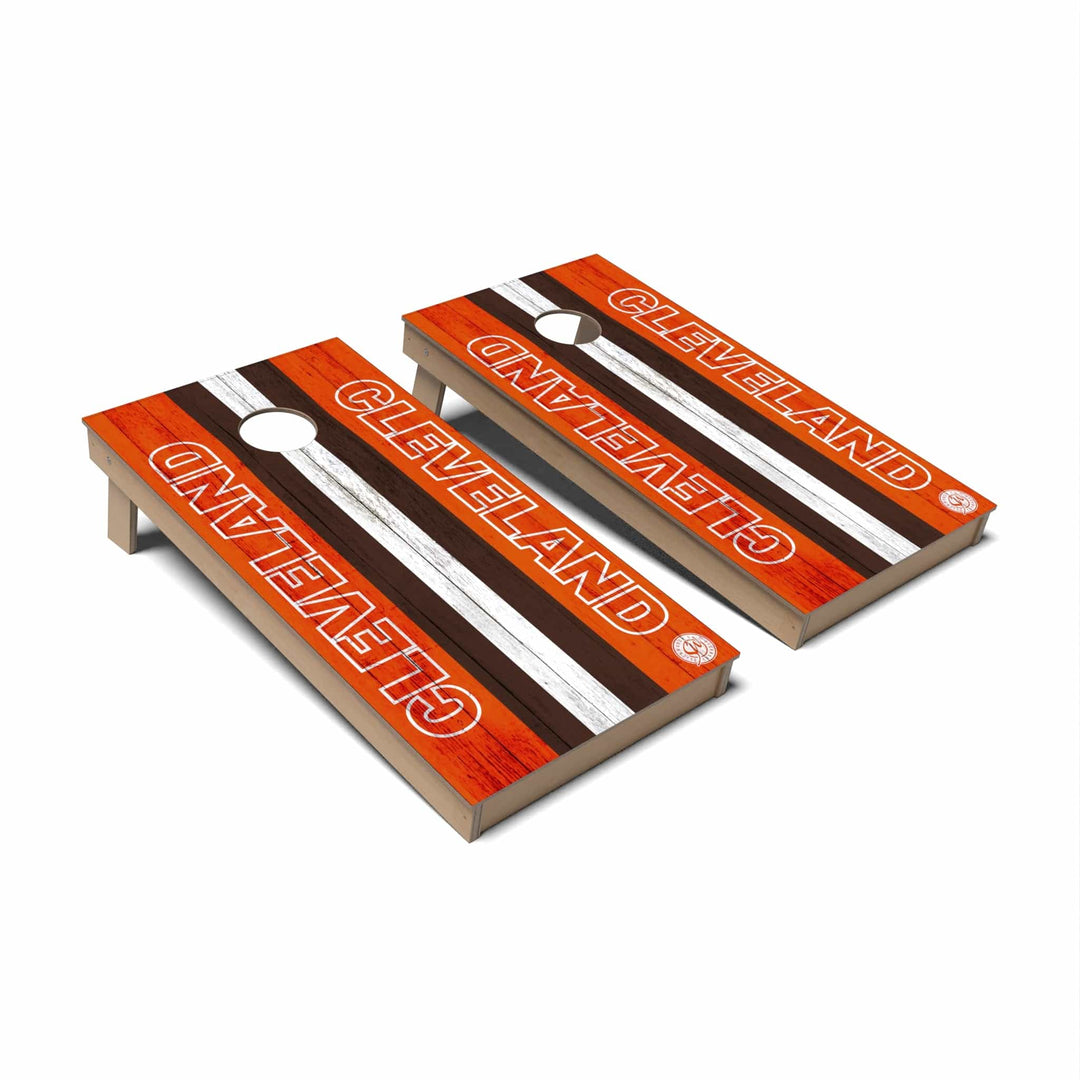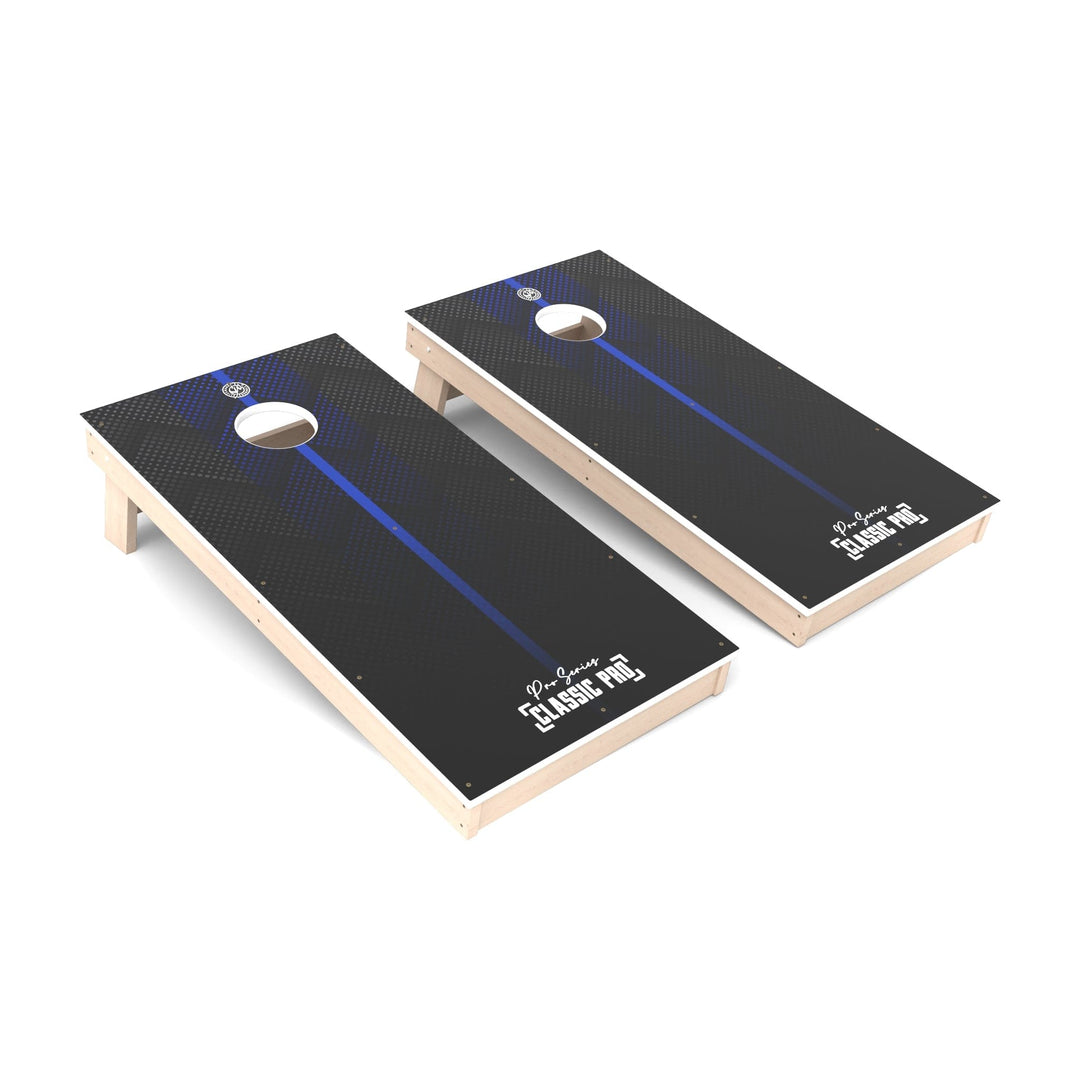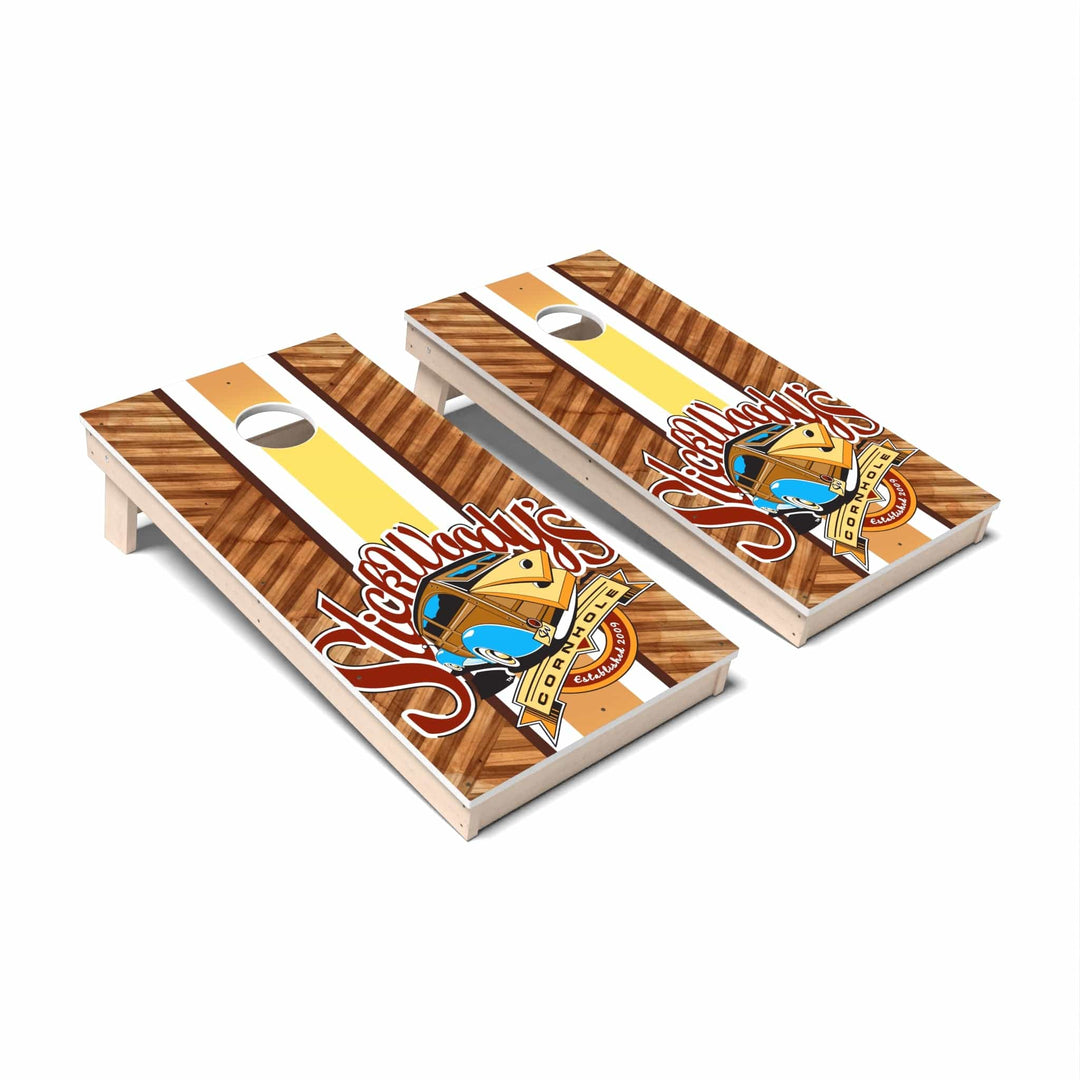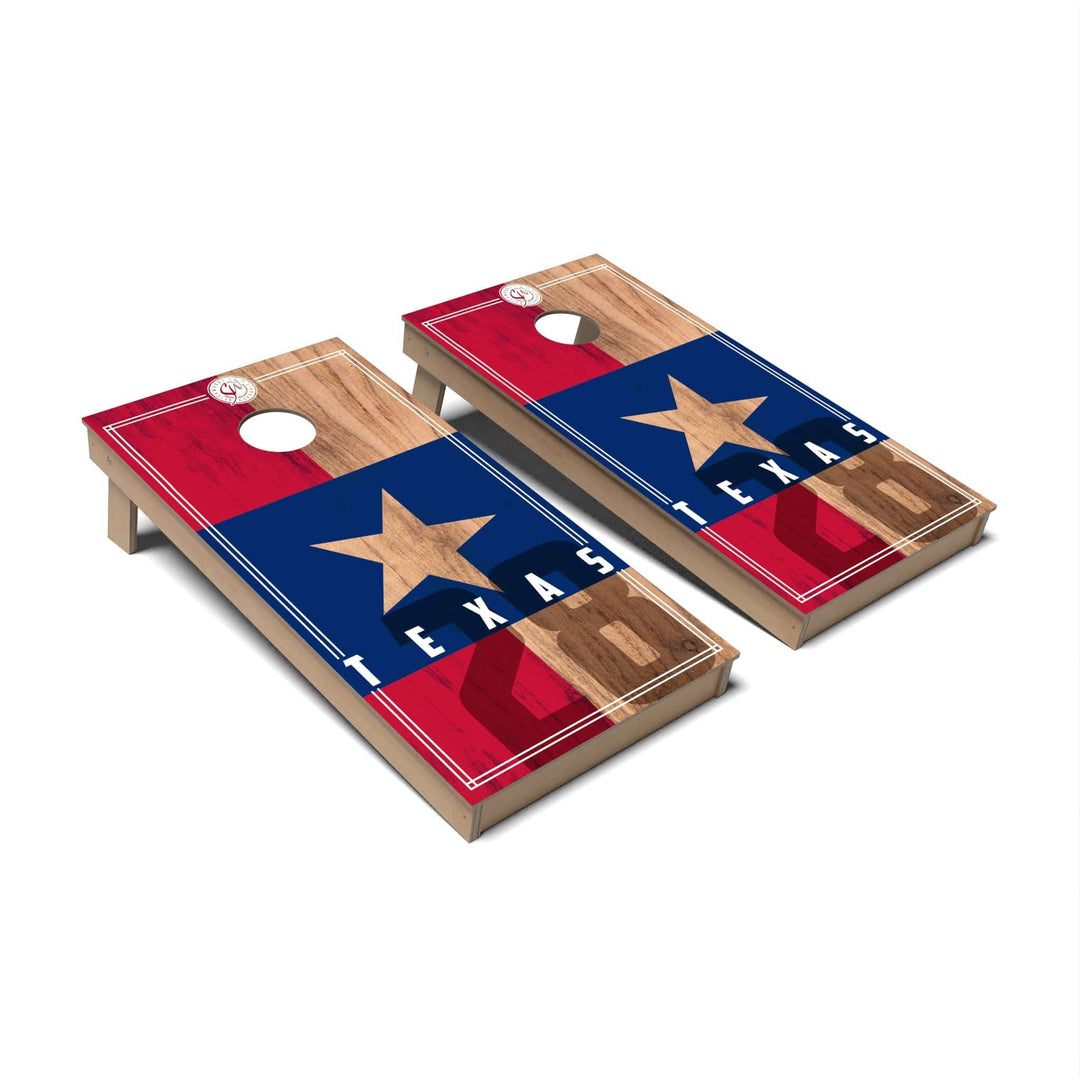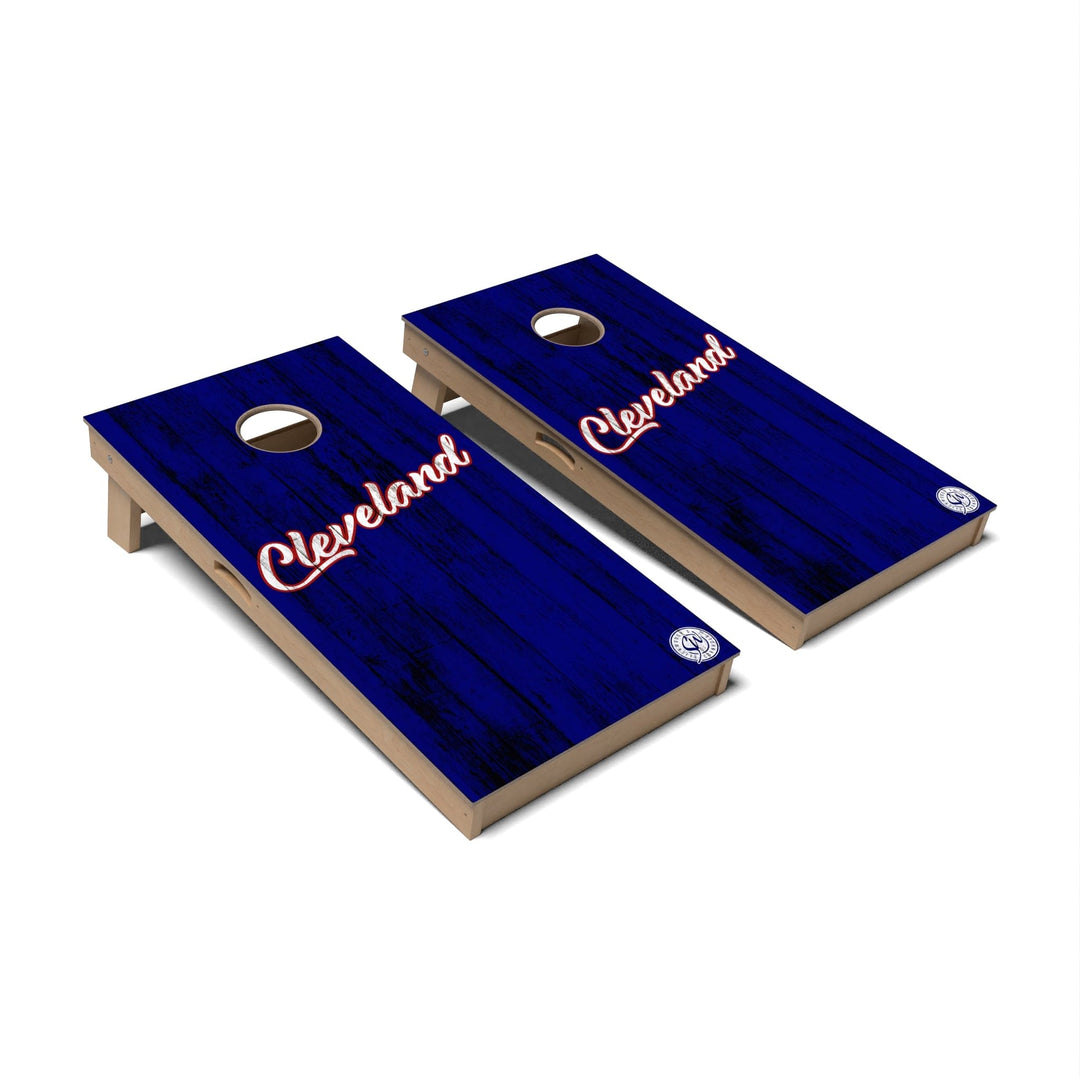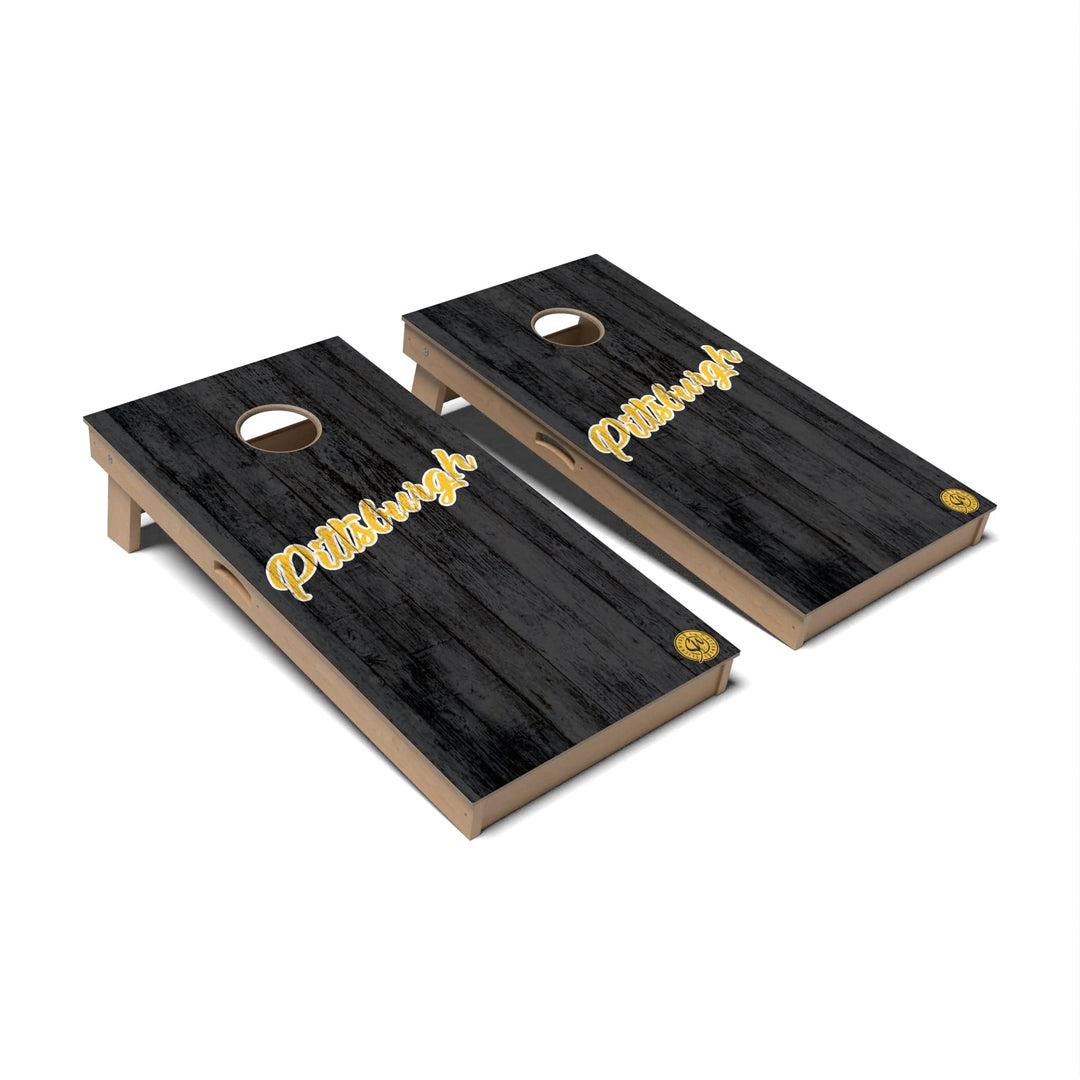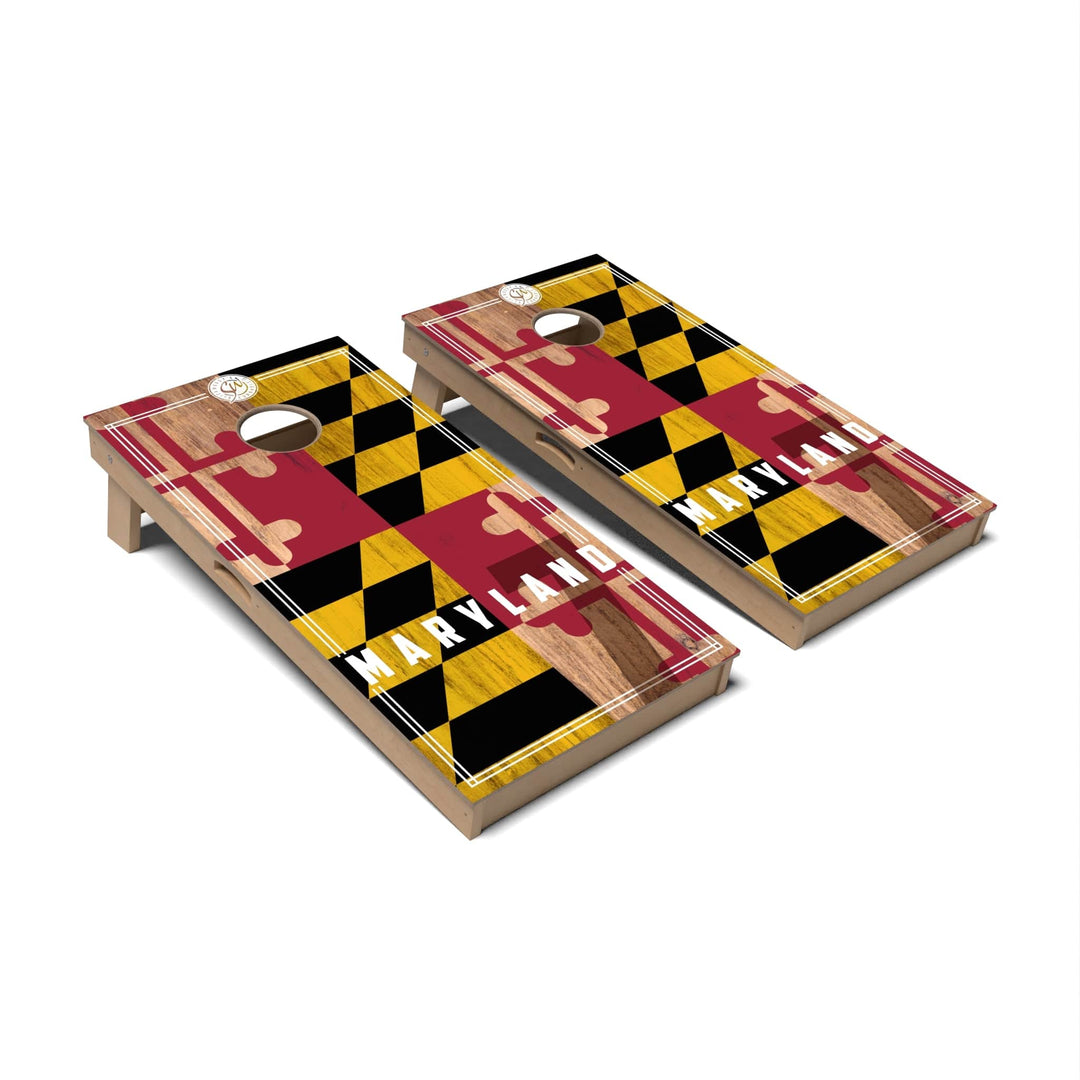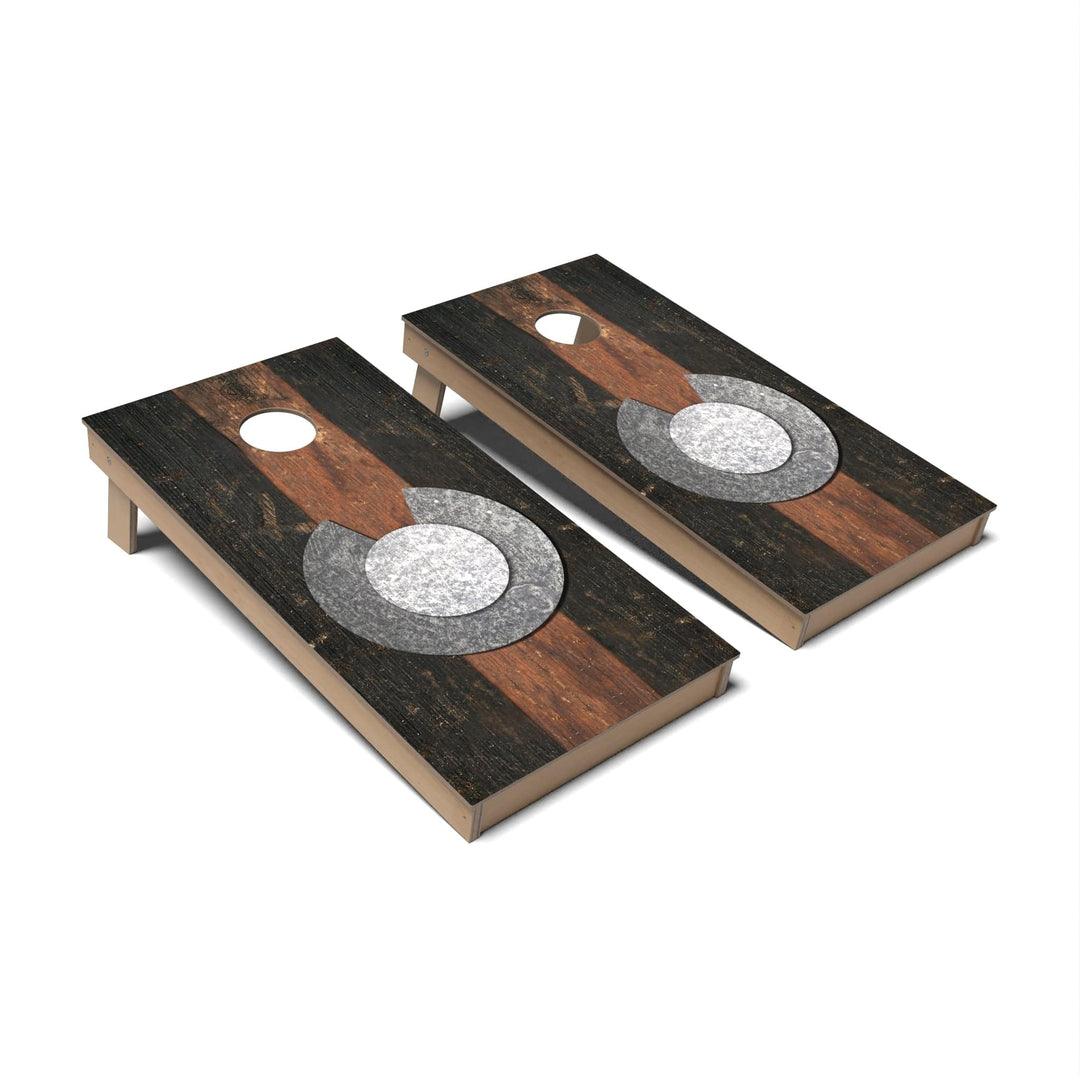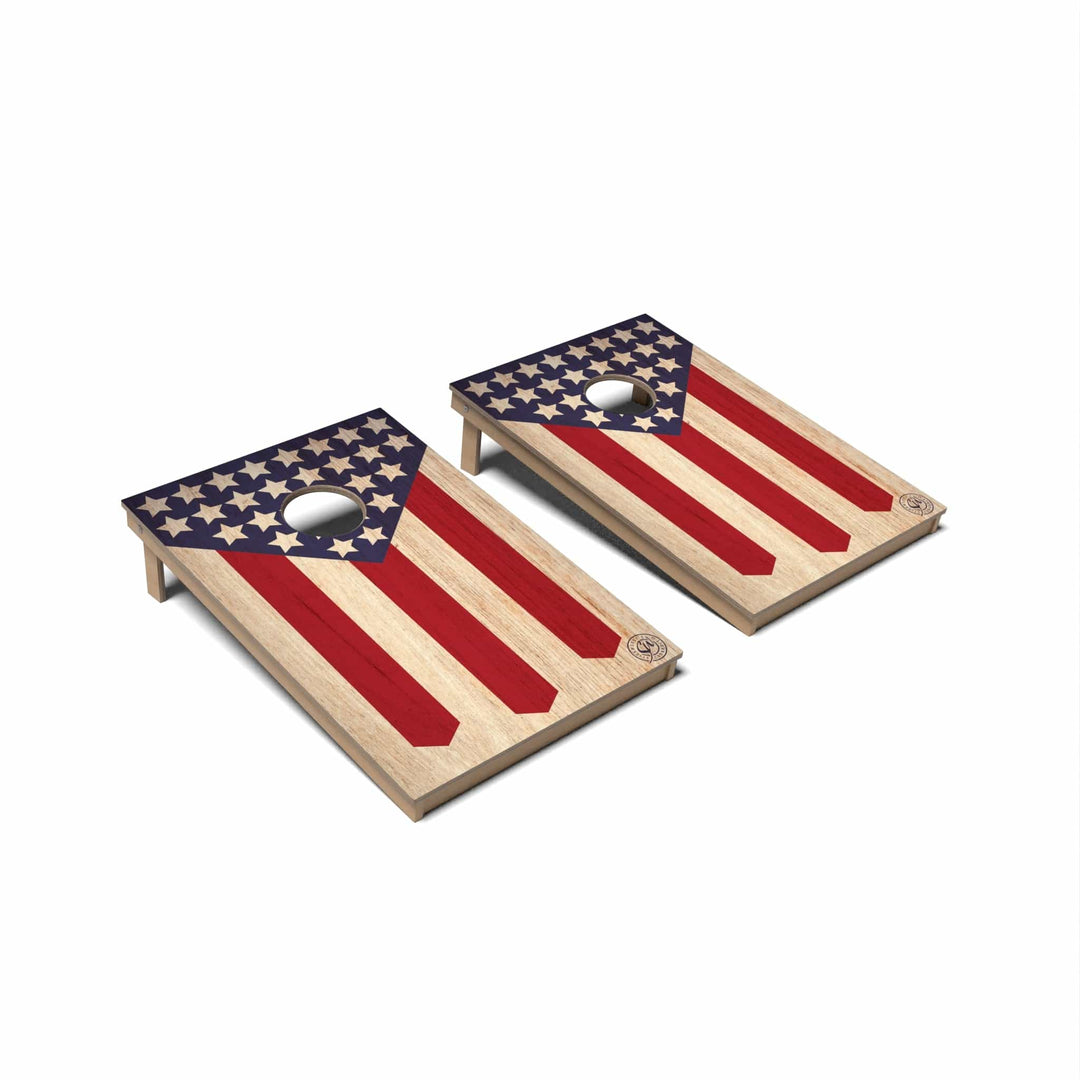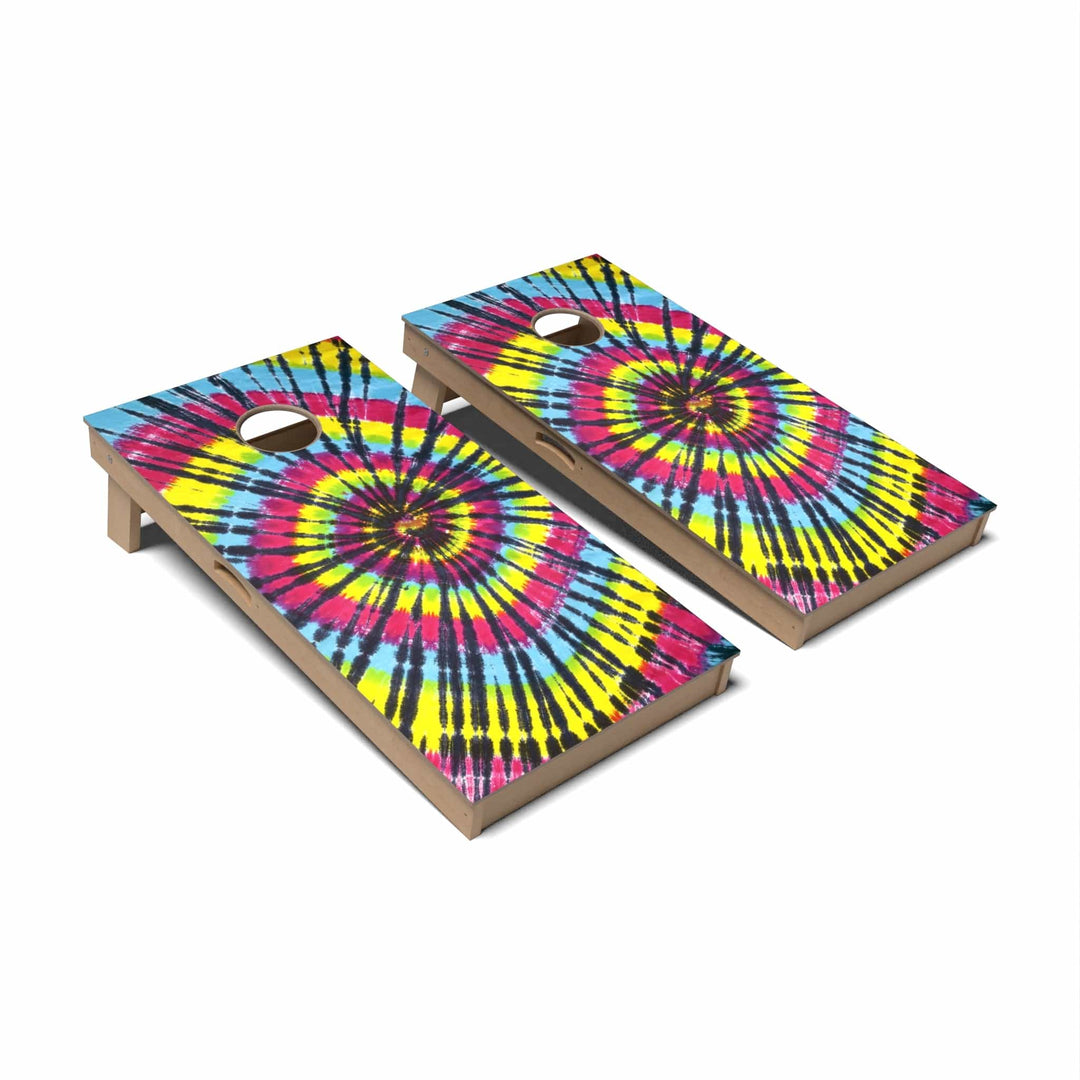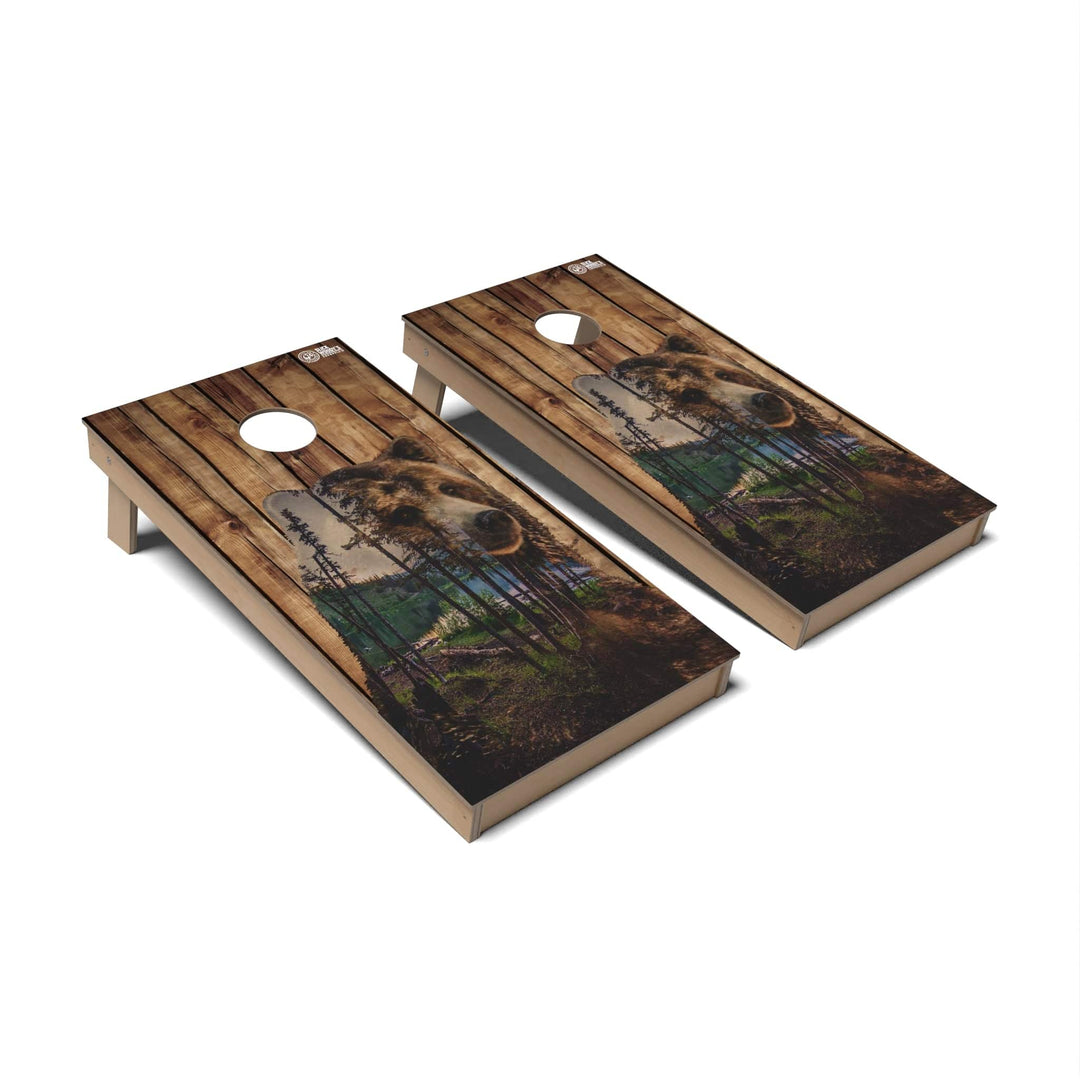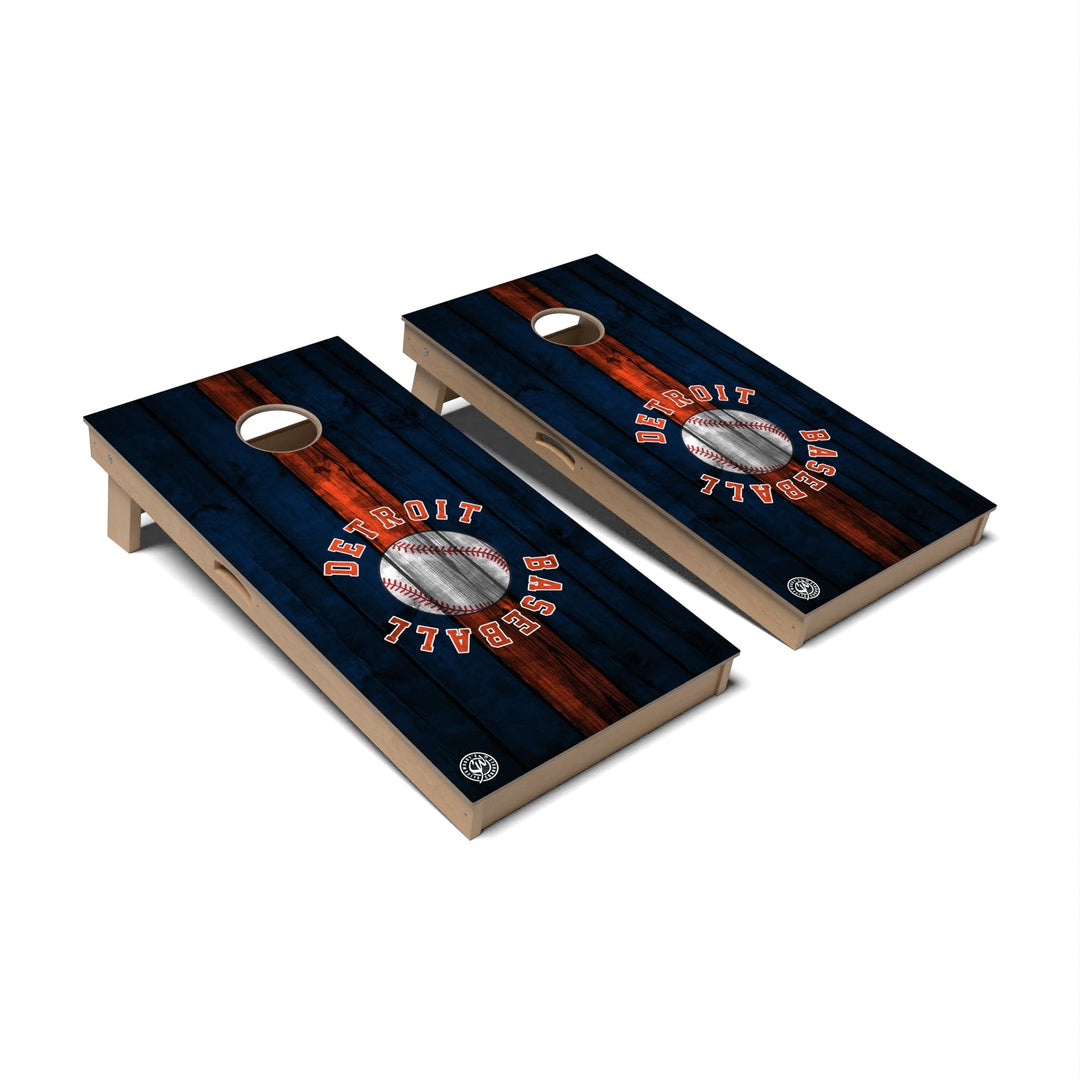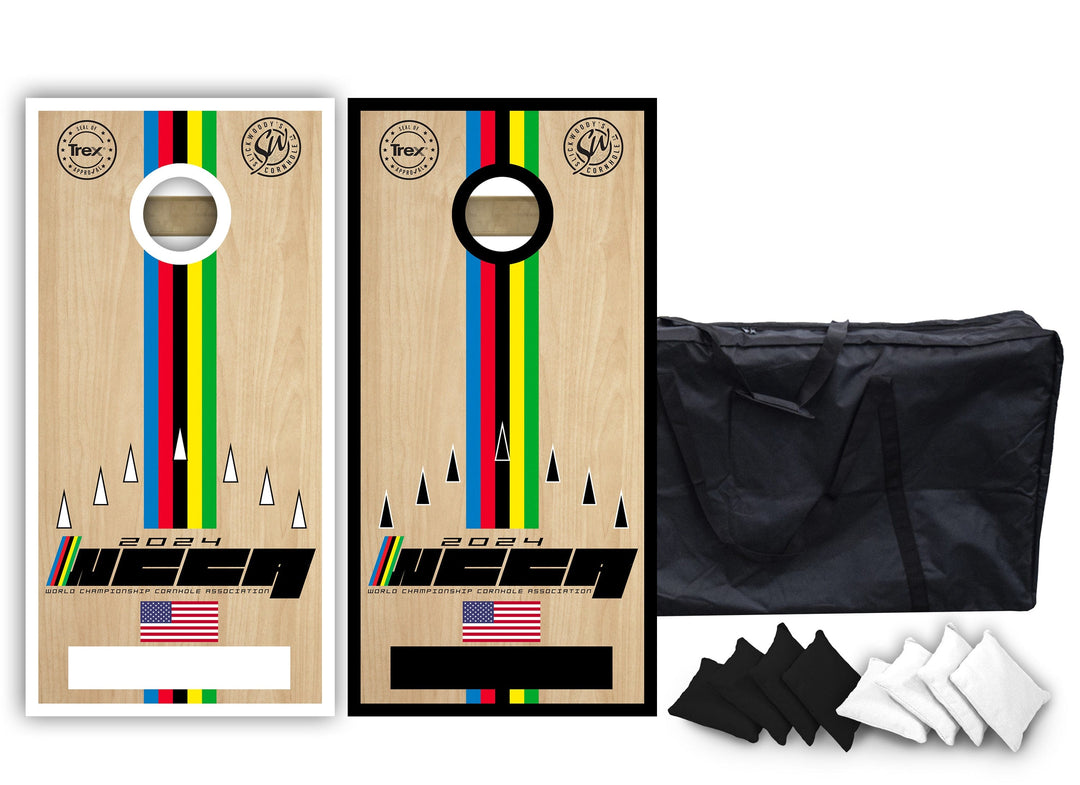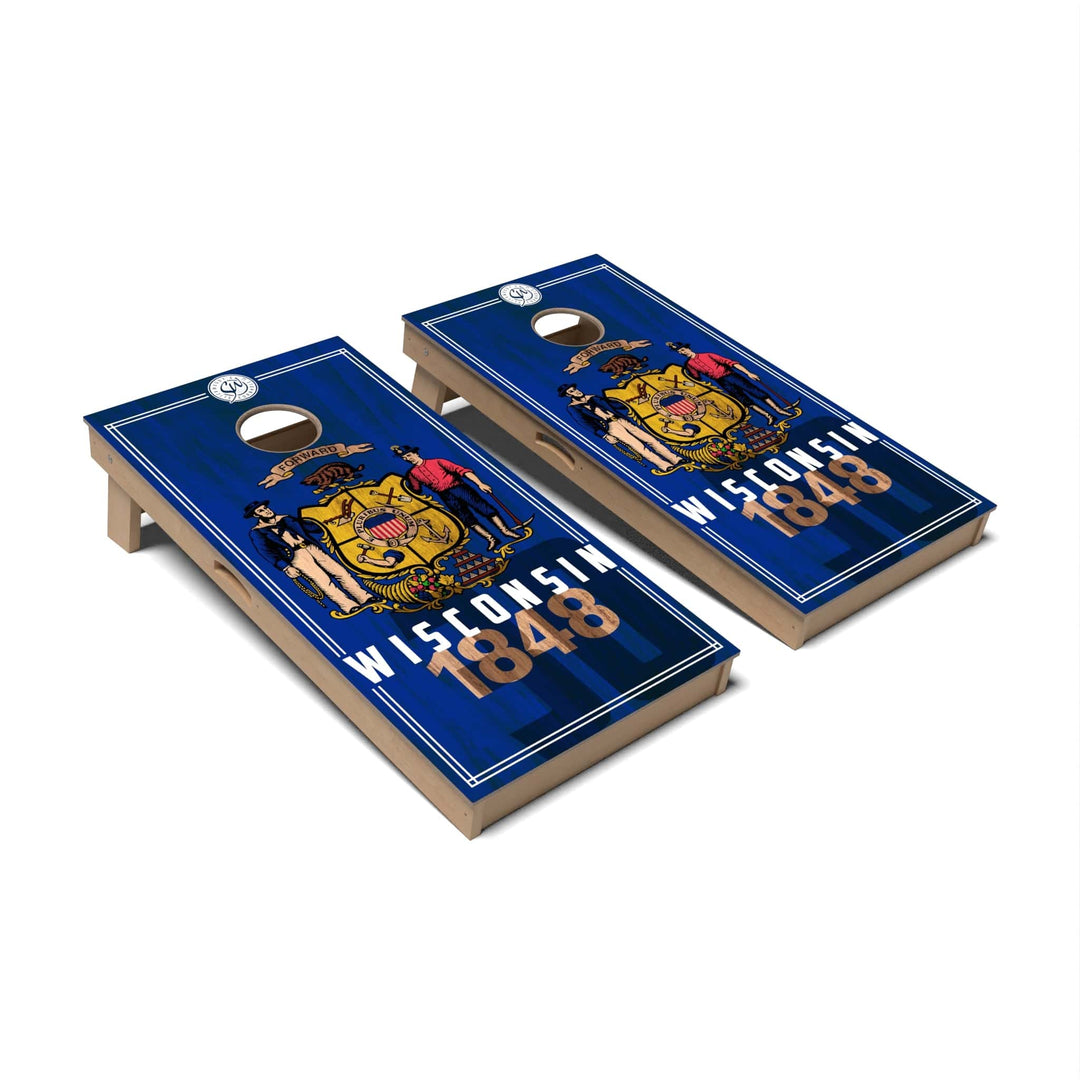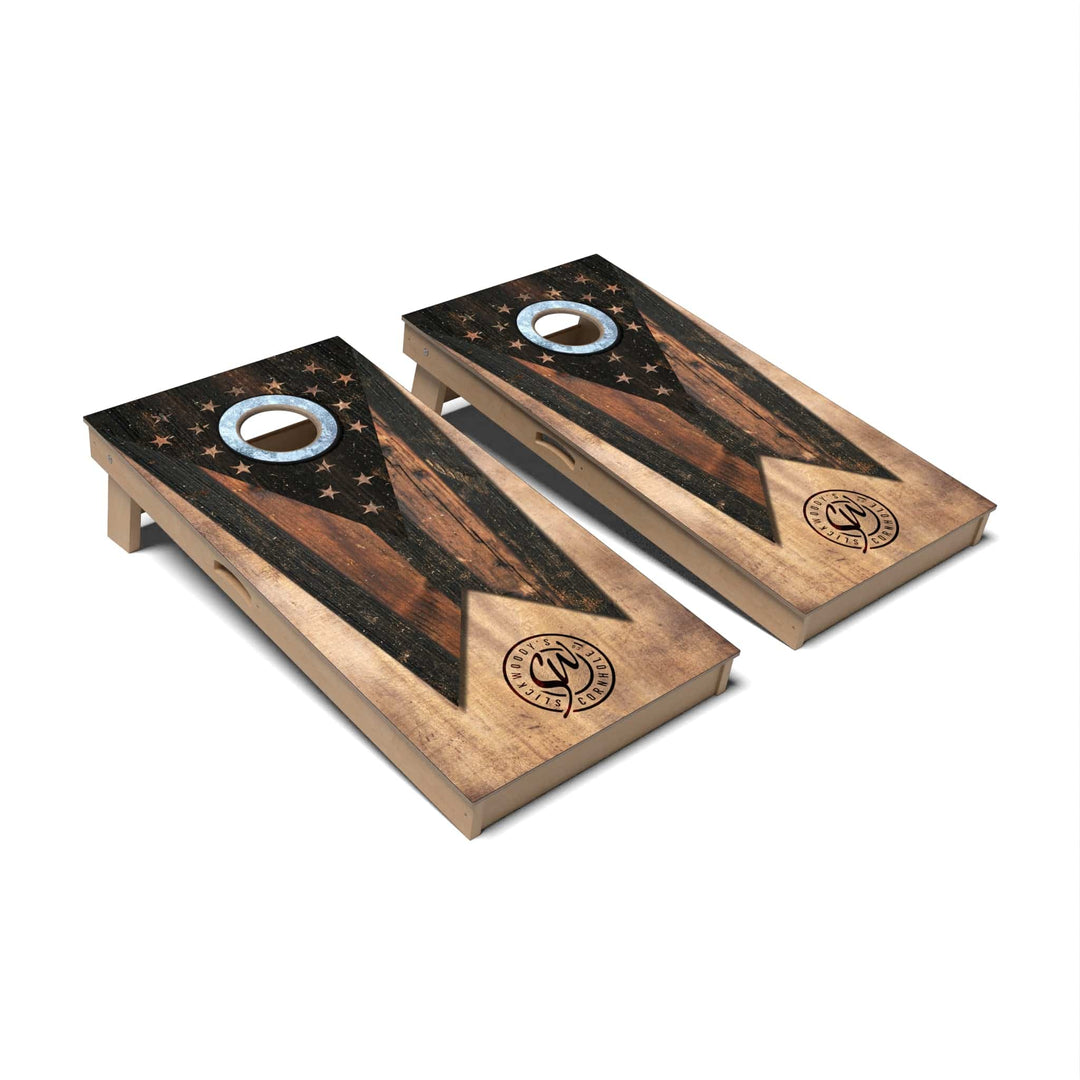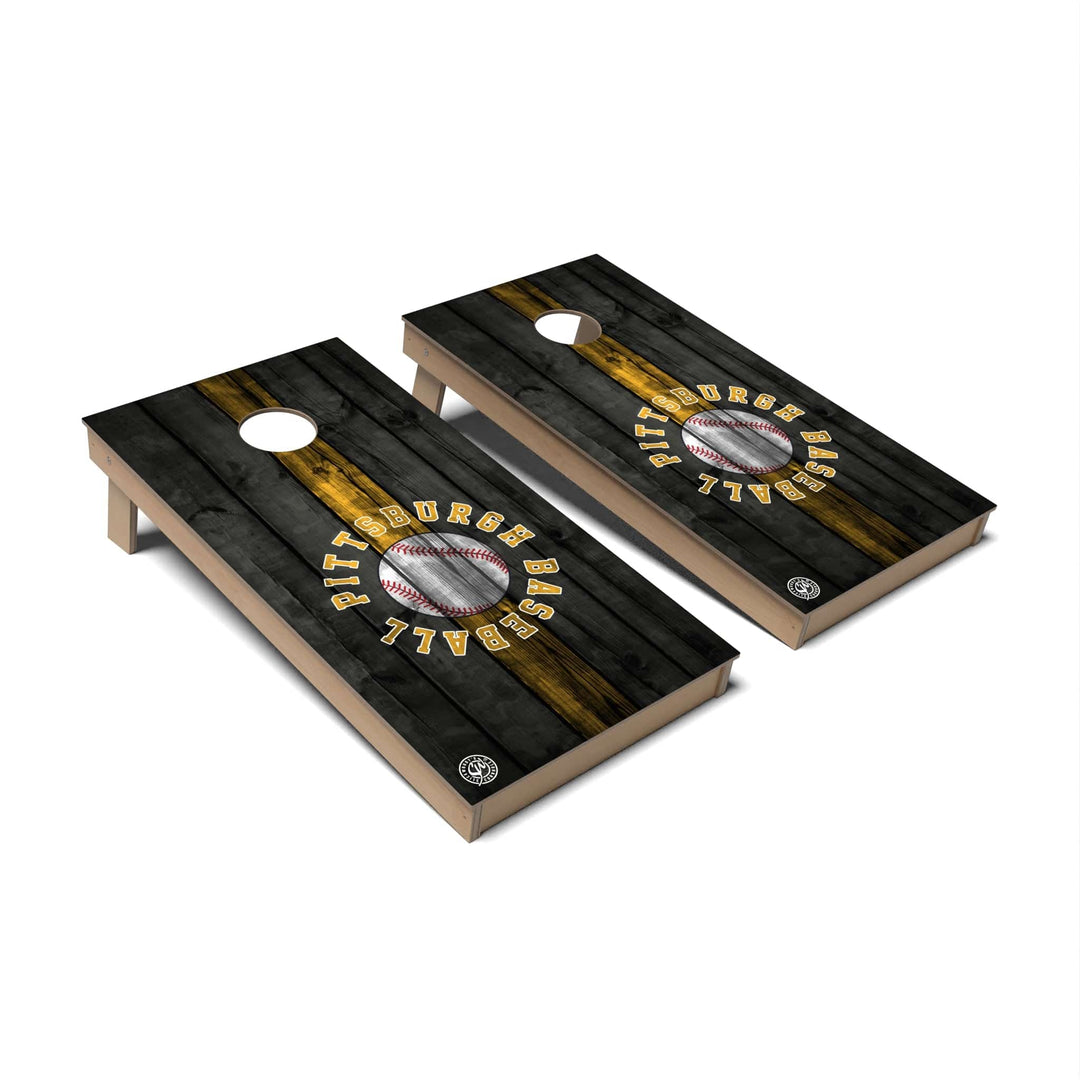Cornhole vs. Horseshoes: Compare the Top Lawn Games

Imagine a day where the grill is sizzling, the sun is shining, and you’ve got a cold drink in your hand. What’s missing from this perfect backyard scene? A little friendly competition, of course! When it comes to classic lawn games, two heavyweights always enter the ring: the tailgating titan, cornhole, and the old-school champion, horseshoes. Both promise hours of fun, but which one truly reigns supreme for your backyard bash?
Get ready for the ultimate showdown as we compare cornhole and horseshoes, the top two lawn games. In this post, we’ll explore their history, break down the rules, look at what you need to play, and see which one best fits your party style. By the end, you’ll know exactly which game to set up for your next get-together. Let the games begin!
A Tale of Two Games: History and Origins
Every great rivalry has a backstory, and this one is no different. Cornhole’s history is a bit of a mystery, with some tales tracing it back to a 14th-century German cabinet maker and others planting its roots firmly in the farmlands of 19th-century Kentucky. Whatever its true origin, cornhole didn’t explode in popularity until recent decades, becoming the undisputed king of tailgating parties and brewery patios across the American Midwest. Its journey from a simple farm game to a televised sport is nothing short of incredible.
On the other side of the lawn, we have horseshoes, a game with a history easier to trace back thousands of years. The story goes that after watching discus throwing, a few Greek soldiers started tossing discarded horseshoes at stakes for fun. Roman soldiers picked up the habit, and the game eventually made its way across Europe and eventually to America. For generations, it has been a staple at family reunions, company picnics, and summer camps, holding a special, nostalgic place in the heart of American culture. It’s the seasoned veteran against the popular newcomer.
How to Play: Rules of the Game
When it comes to gameplay, cornhole is famous for its simple, welcoming rules. The setup involves two angled boards with a hole in each, placed 27 feet apart. Players take turns tossing four bean bags toward the opposite board. Land a bag on the board, and you get one point. Sink it in the hole, and you score three. The first team to 21 wins! The rules are so straightforward that anyone, from your five-year-old nephew to your grandma, can pick it up in minutes.
Horseshoes’ components are even simpler, but potentially a bit harder to set up. The game is played with two metal stakes driven into the ground, typically 40 feet apart (though shorter distances are common for casual play). Because of the stakes, you need to make sure you have a hammer that can pound them into the ground. Once you’ve set everything up, players toss two horseshoes each, aiming to get them to land around the stake. Scoring is a little more complex as well. A “ringer”—when the horseshoe encircles the stake—is the highest score. If no one gets a ringer, the player whose horseshoe is closest to the stake scores points. This slightly steeper learning curve offers a rewarding challenge for those looking to master a new skill.

Gearing Up: Equipment and Setup
One of cornhole’s biggest draws is its portability. A standard set includes two wooden boards and eight bean bags. The boards often have legs that fold up, making them easy to transport to a tailgate, the beach, or a friend’s house. Plus, the world of custom cornhole boards is vast. You can find sets repping your favorite sports team, a slick wood grain finish, or even a personalized design. It’s a game that lets you show off what you love—don’t hesitate to get yourself a set of Miller Lite cornhole boards if that’s what best fits your style.
Horseshoes, on the other hand, has a more rustic and rugged feel. The equipment consists of four solid steel horseshoes and two steel stakes. It’s heavier but built to last a lifetime. Setting up requires a bit of muscle to drive the stakes firmly into the ground, and you’ll need a soft patch of dirt, sand, or grass to play on—a concrete driveway won’t cut it. While less portable, a permanent horseshoe pit in your backyard has a certain timeless charm that’s hard to beat. Plus, you won’t have to worry about the setup process every time.
The Finer Points: Skill and Strategy
Don’t let cornhole’s simplicity fool you; there’s plenty of room for strategy. A casual game is all about a good, consistent throwing arc. But as you get more competitive, you’ll start thinking about strategy. Do you aim for a “slider,” landing your bag on the board and letting it slide into the hole? Or do you play defense, throwing a “blocker” bag to stop your opponent from scoring? Mastering the perfect toss is an art form.
Horseshoes is a game of raw precision and feel. The perfect throw requires a delicate balance of strength, spin, and trajectory to get the heavy horseshoe to land just right. Unlike cornhole, where a bag can just sit on the board and score points, a near-miss in horseshoes often gets you nothing. The challenge of nailing a ringer is what keeps players coming back. It’s a deeply satisfying feeling when you hear that telltale clang of steel hitting steel.

The Vibe: Social and Cultural Appeal
If your goal is to get everyone involved, cornhole is your answer. It’s a game that thrives in a lively, social atmosphere. Because it’s so easy to learn, people of all ages and athletic abilities can play together. It’s the perfect background activity for a party, allowing players to chat, hold a drink, and take their turn without missing a beat. Cornhole is synonymous with fun, friends, and good times.
Horseshoes carries a different kind of appeal—one steeped in tradition and nostalgia. It evokes images of lazy summer afternoons and classic family fun. While it can be just as social, the game often commands a bit more focus from its players. It’s a fixture in many community leagues and official tournaments, attracting dedicated players who take the sport seriously. Playing Horseshoes feels like connecting with a piece of classic Americana.
And the Winner Is... Accessibility and Popularity
Even though cornhole and horseshoes are both seen as the best lawn games, when comparing them, there’s no denying that cornhole is the popular choice these days. You can buy a set at any major retailer, from sporting goods stores to big-box chains. Its popularity has skyrocketed, leading to organized leagues in almost every city and even professional tournaments broadcast on TV. It’s accessible, affordable, and has become a modern cultural phenomenon.
However, while not as trendy as it once was, horseshoes still holds its own. You might have to look a little harder to find a quality set, but its charm is enduring. In many rural communities and dedicated clubs, the game is as popular as ever. It may have taken a backseat to cornhole in mainstream popularity, but for those who love it, horseshoes will always be the king of backyard games.






